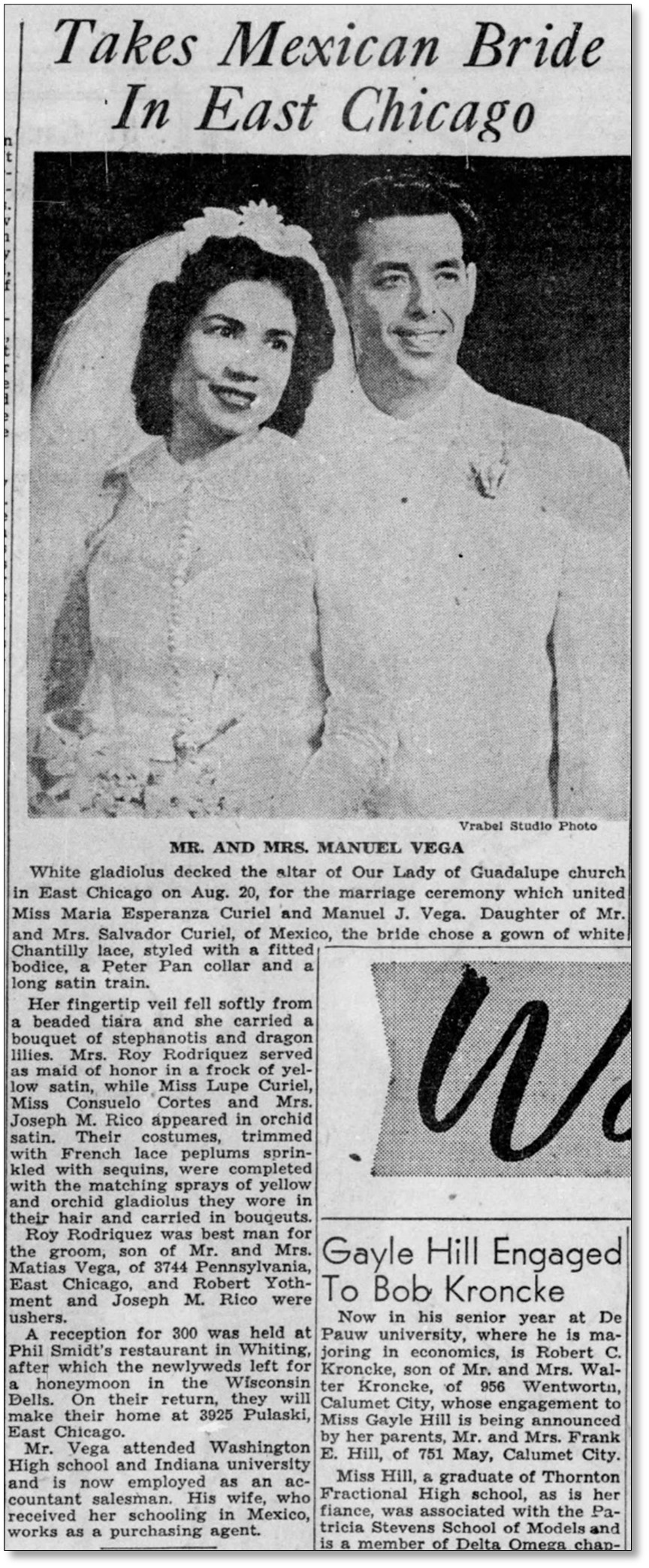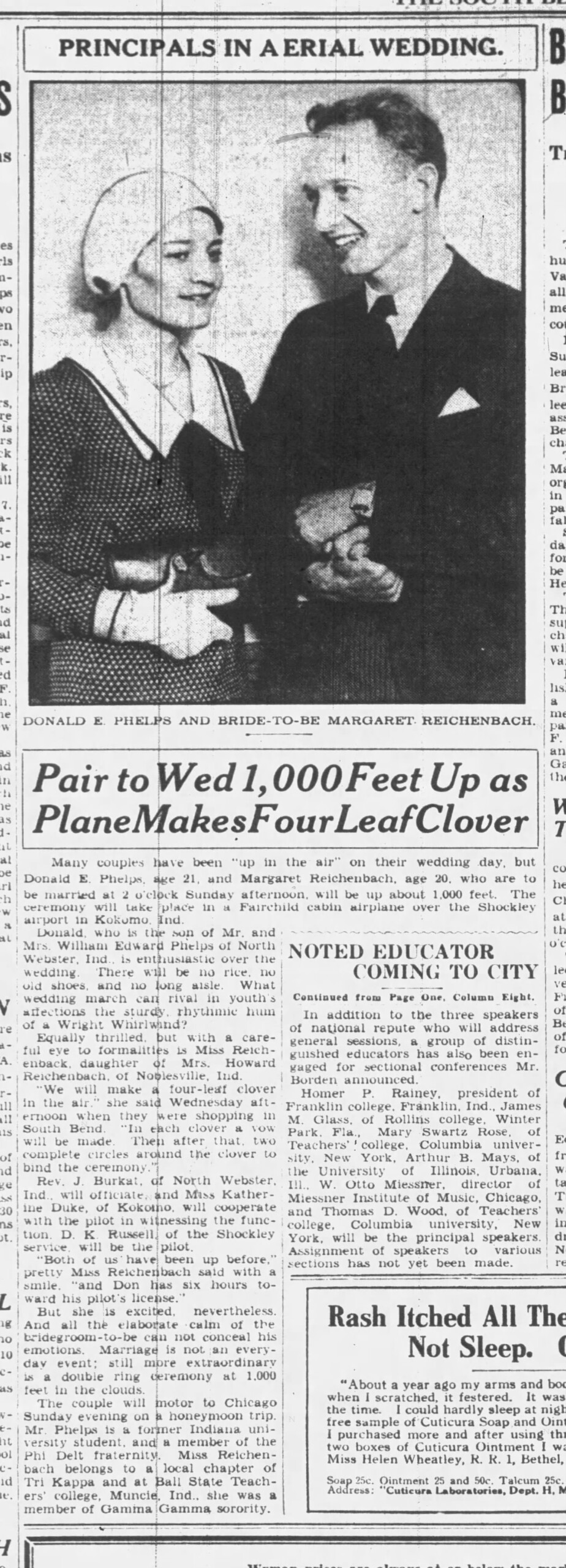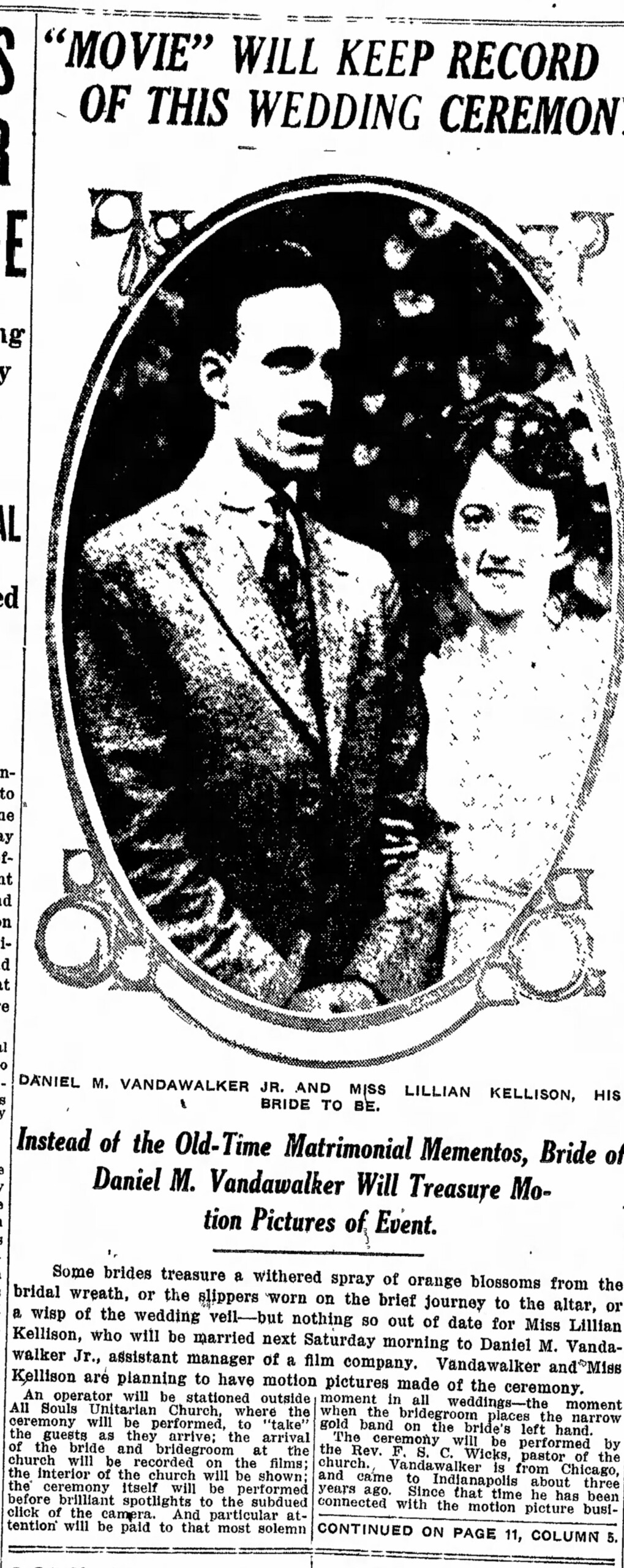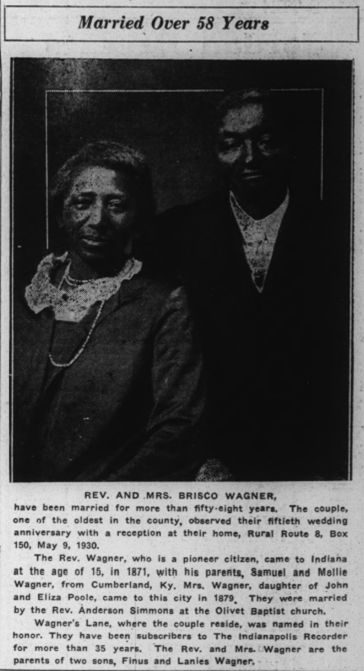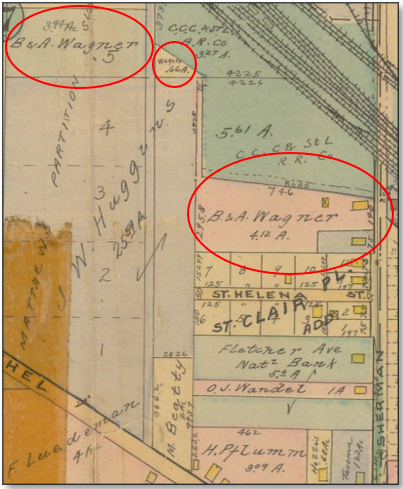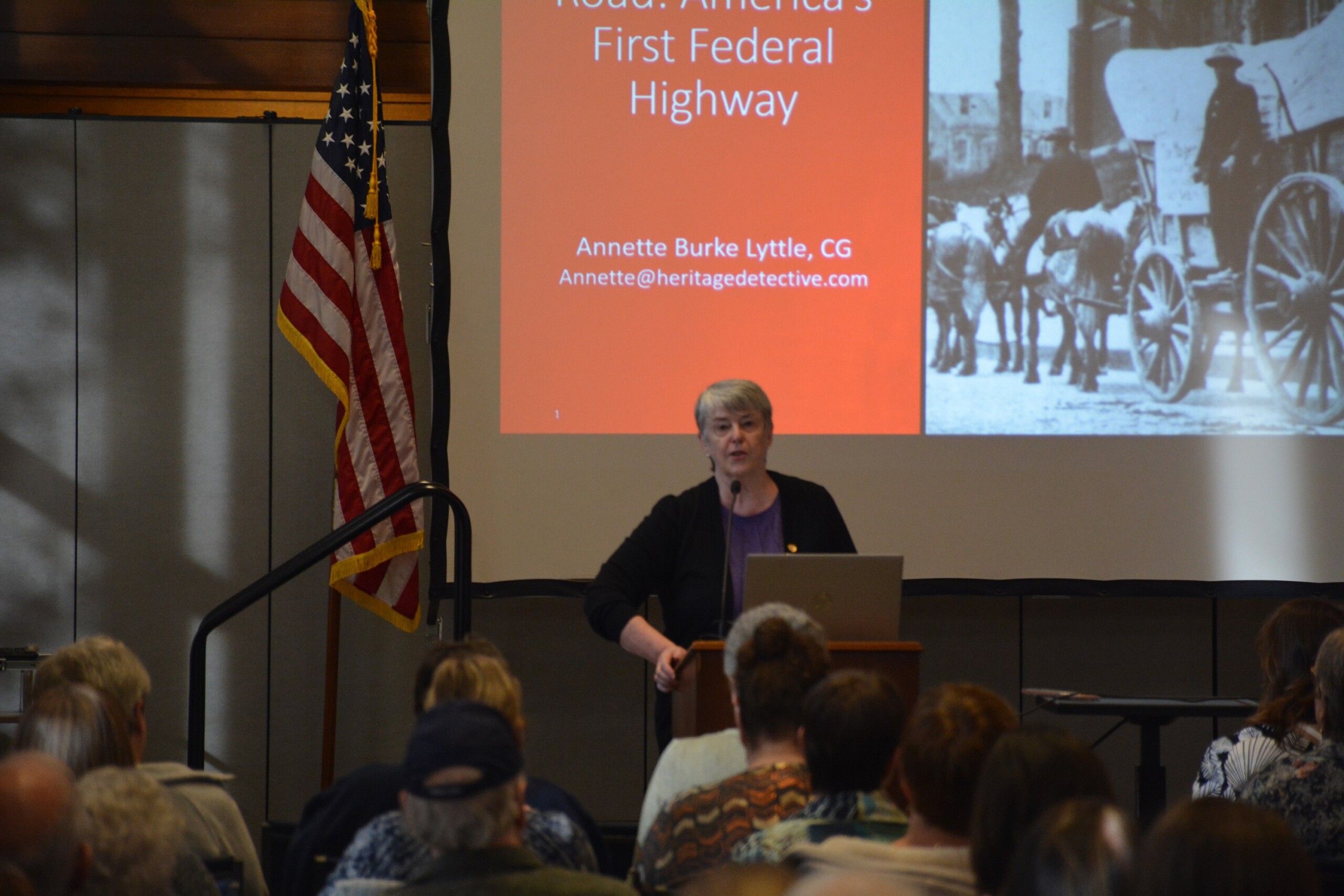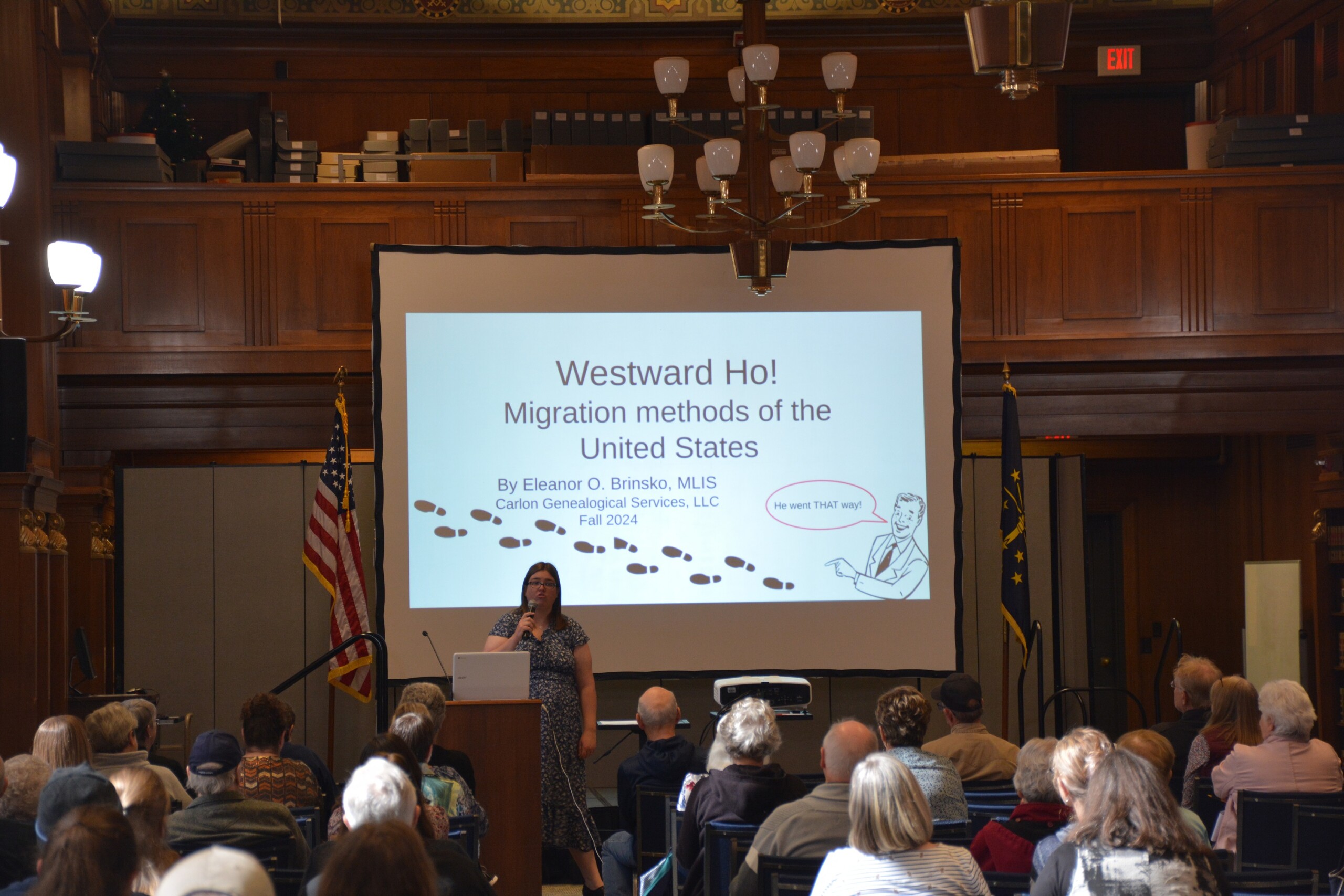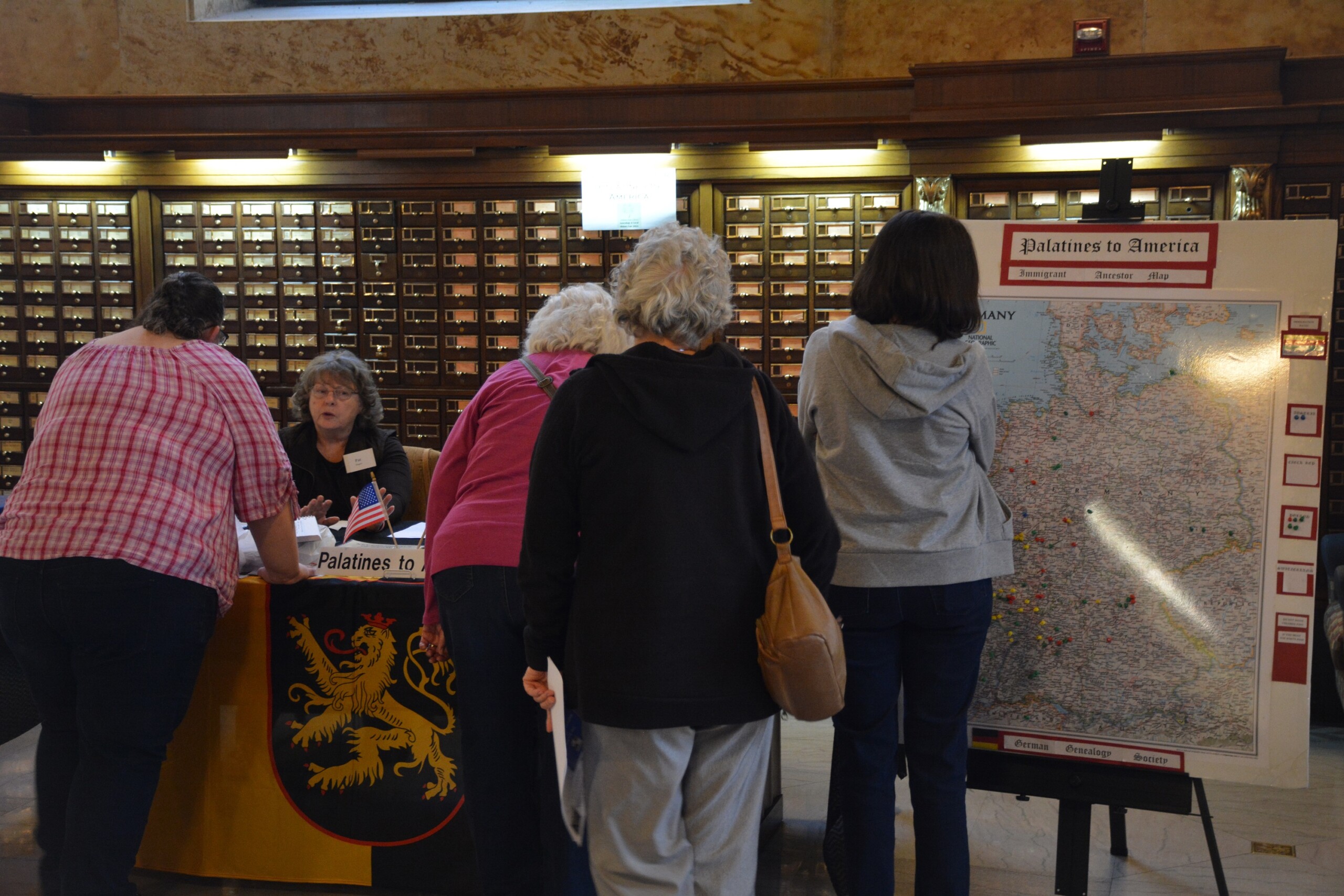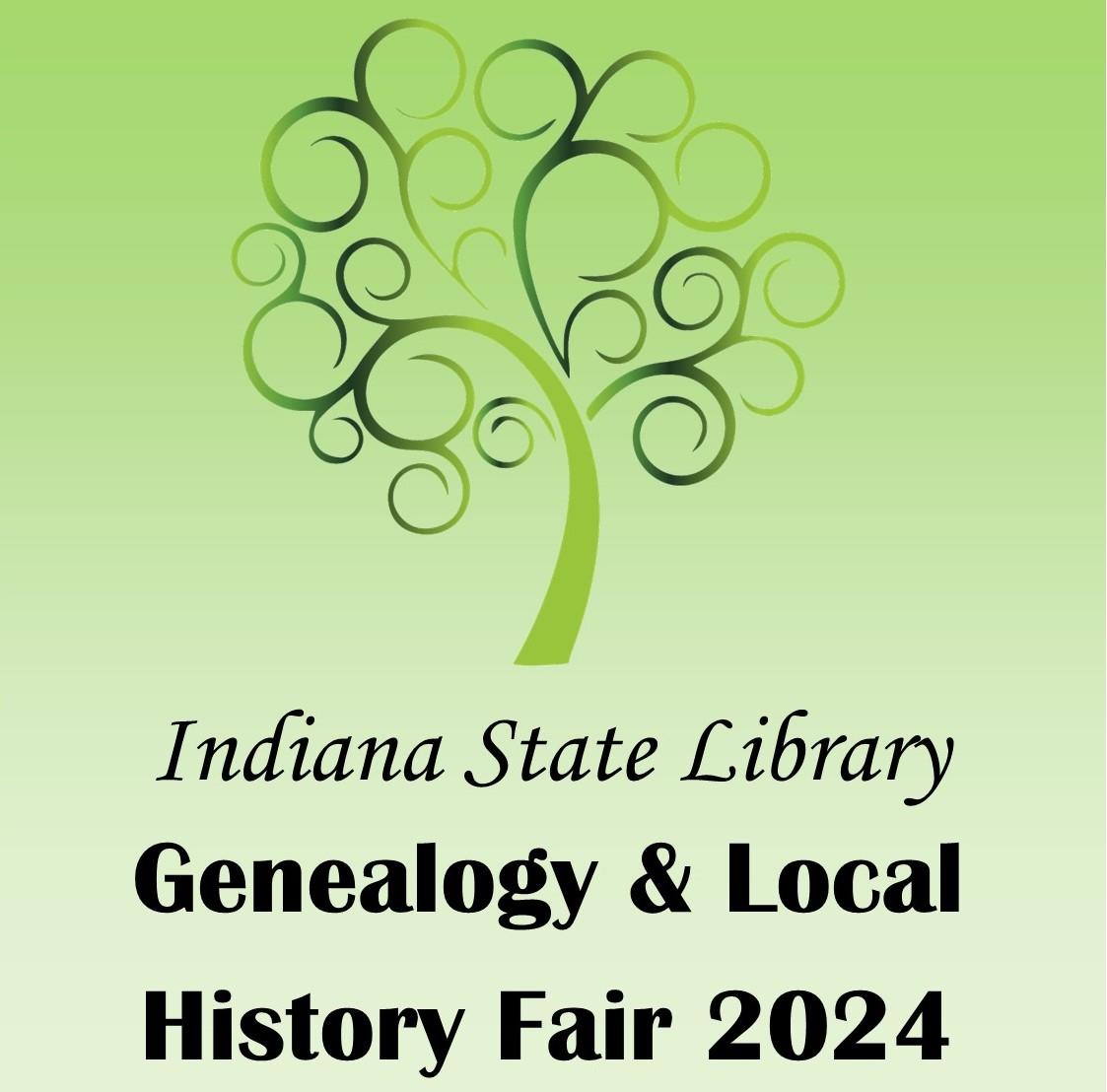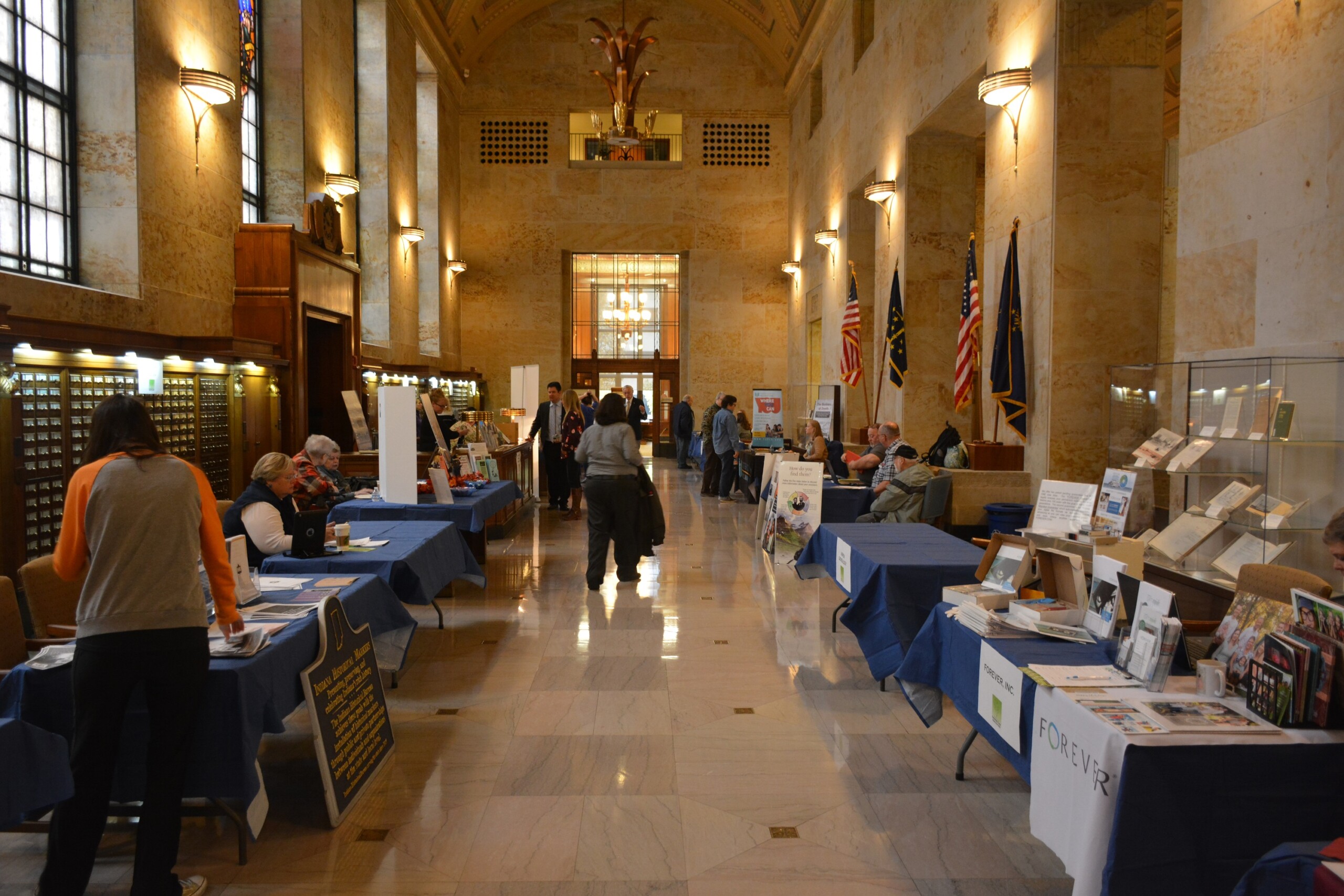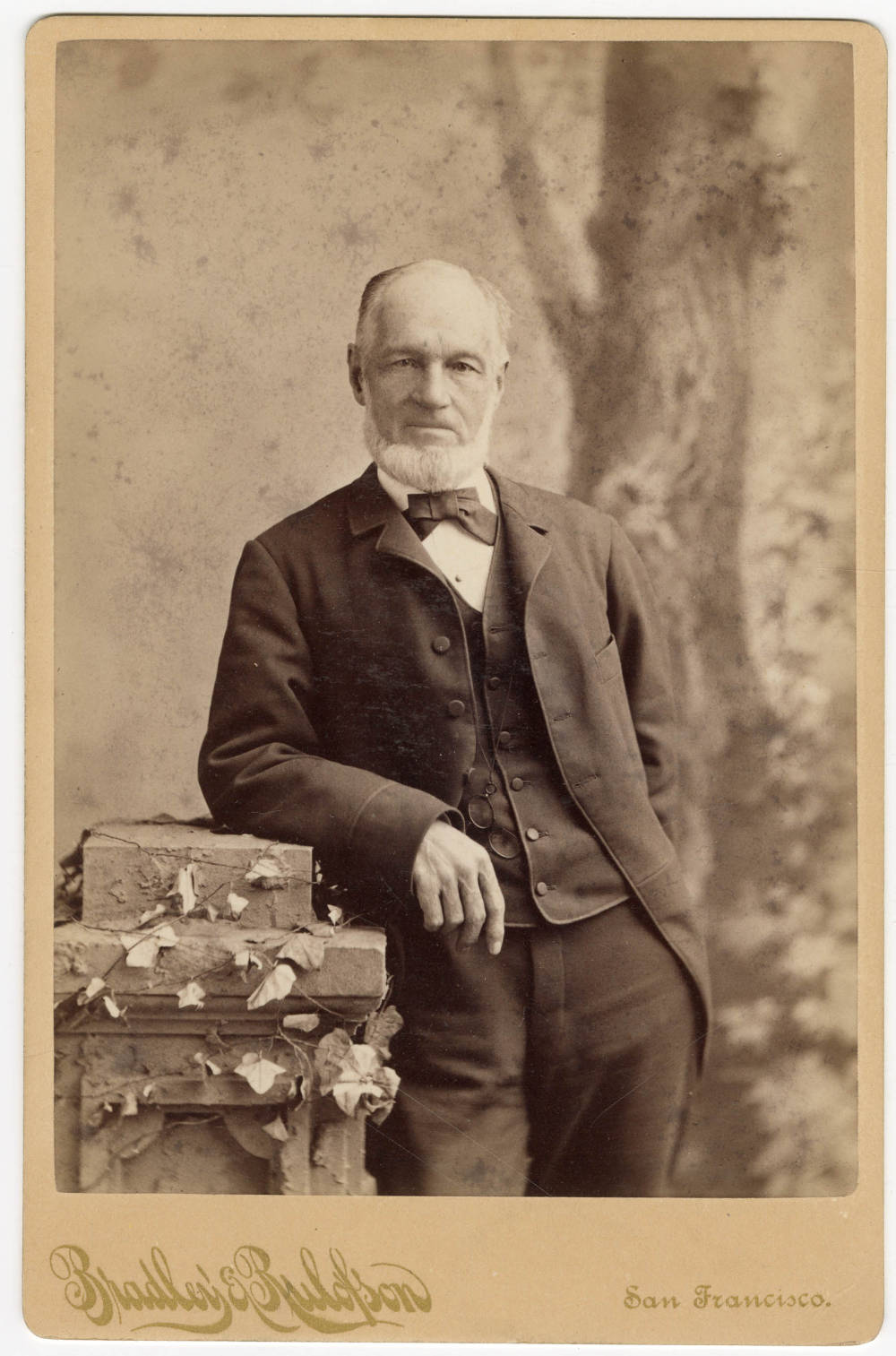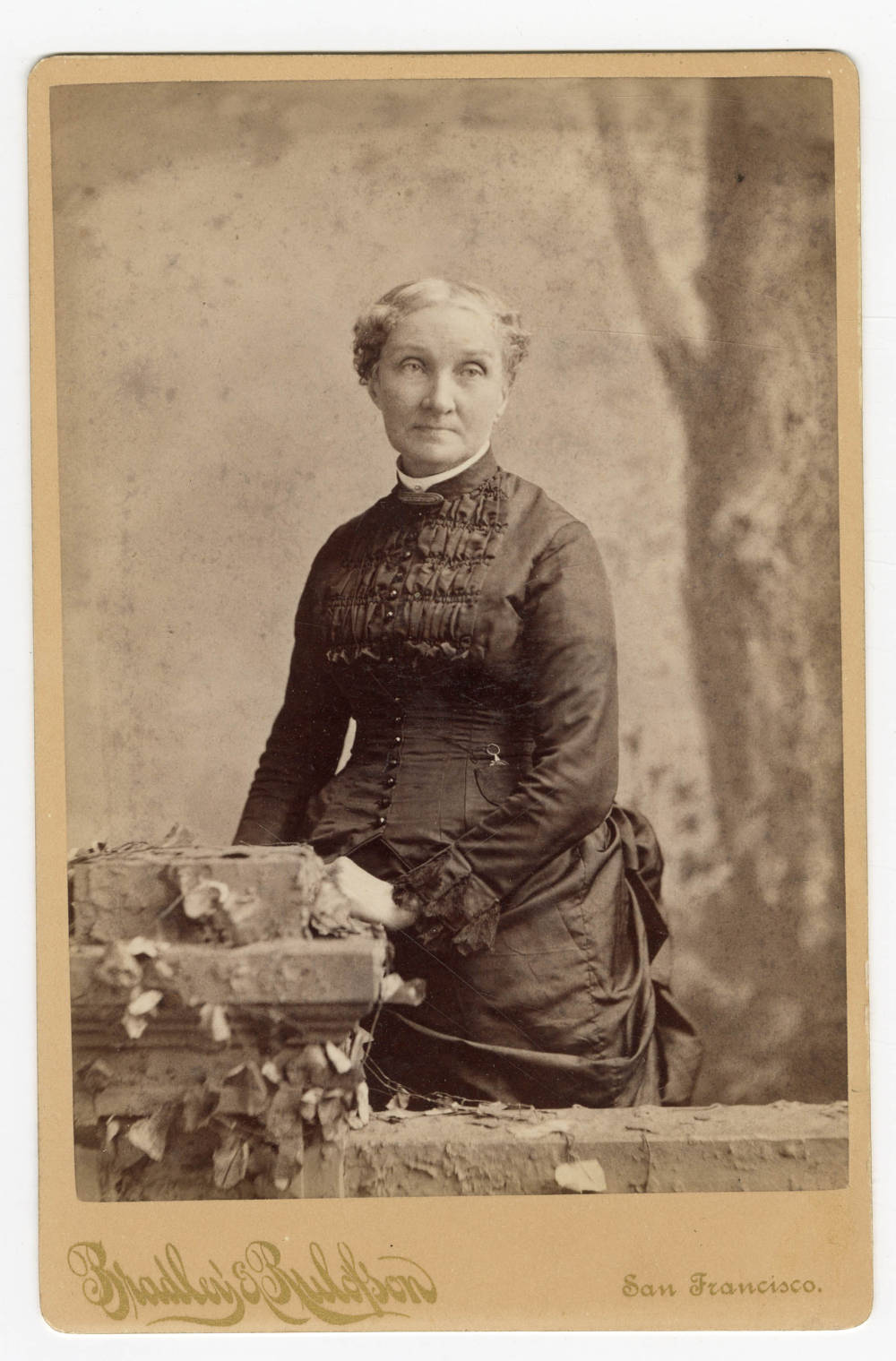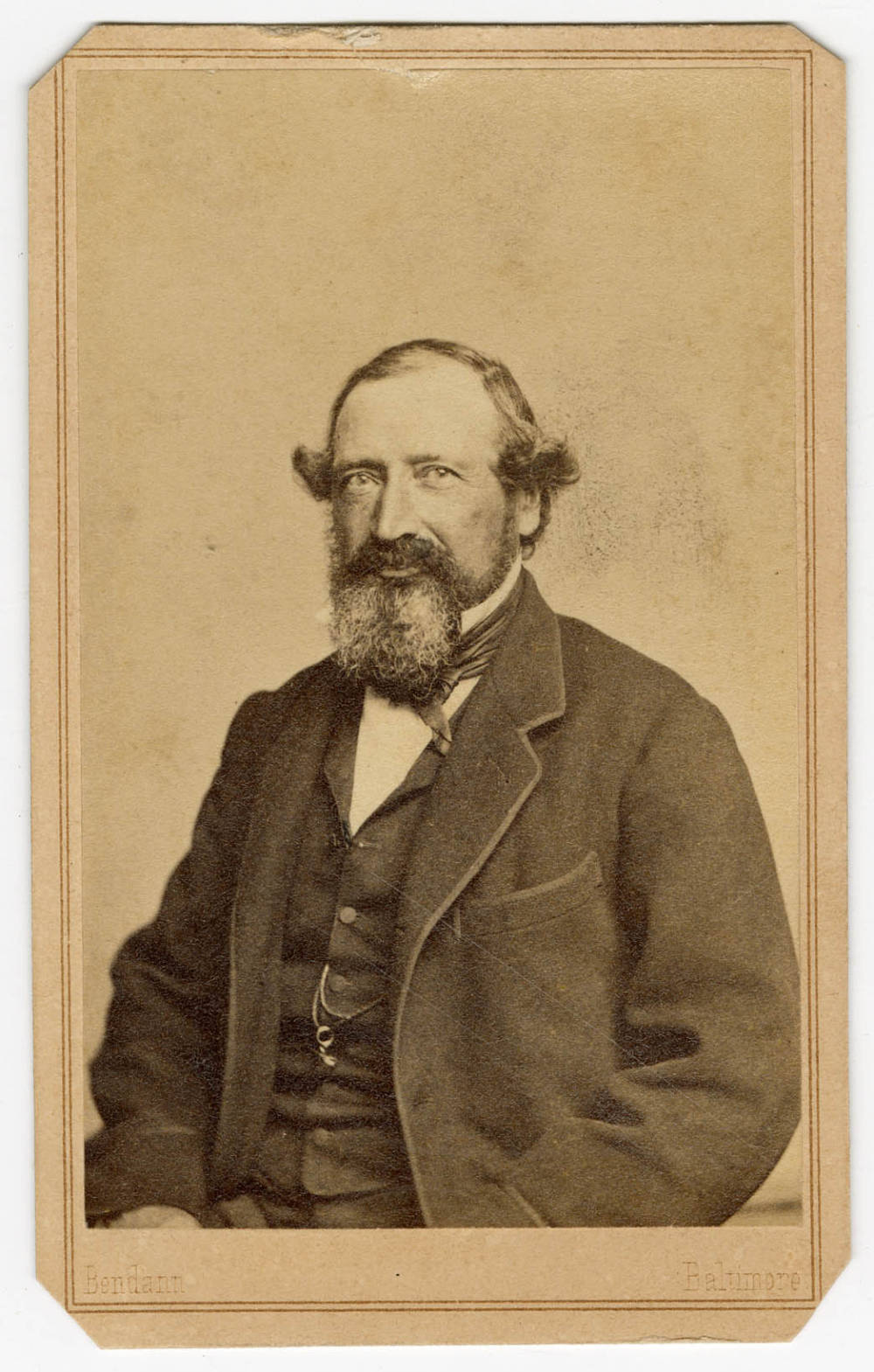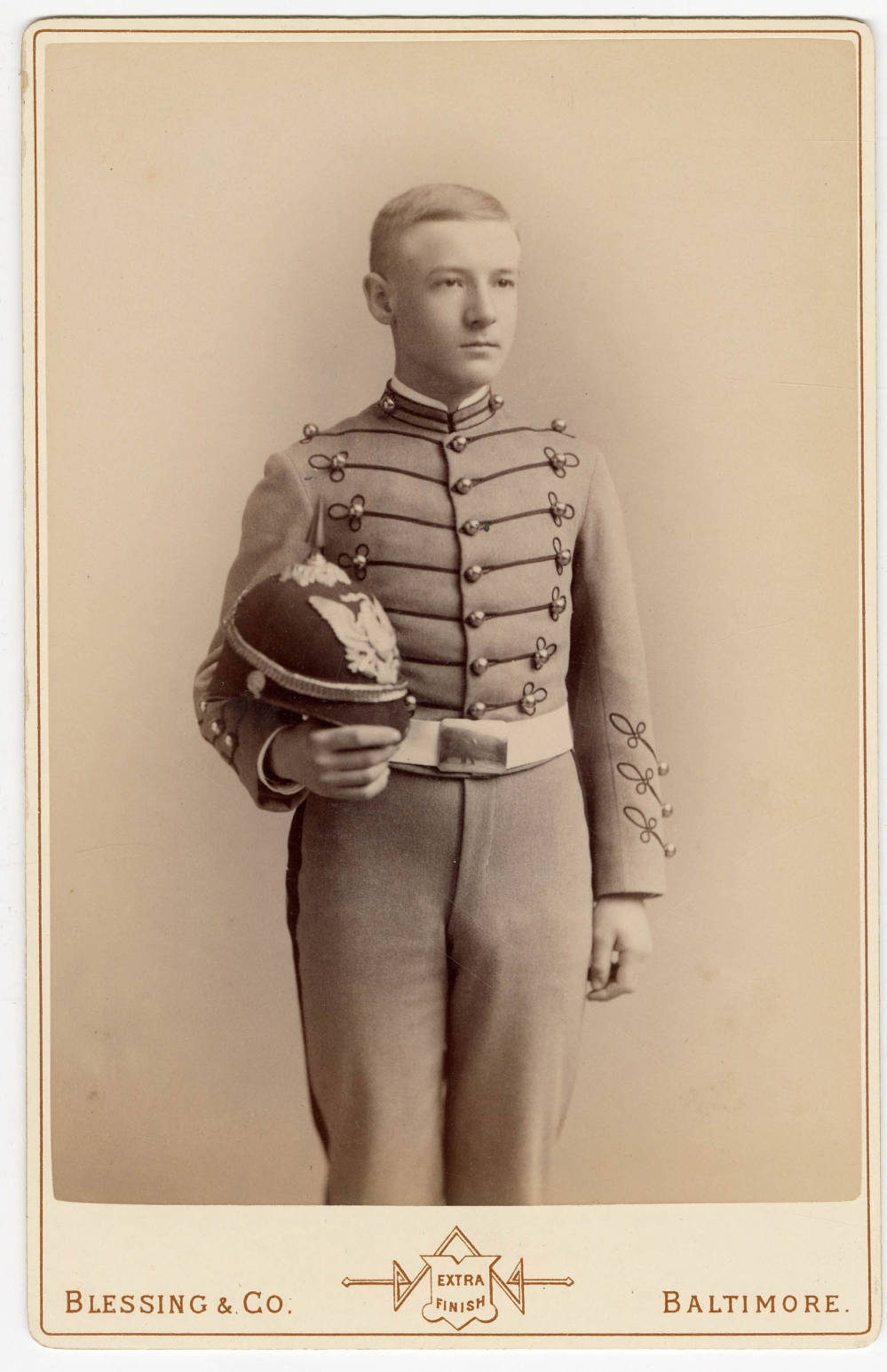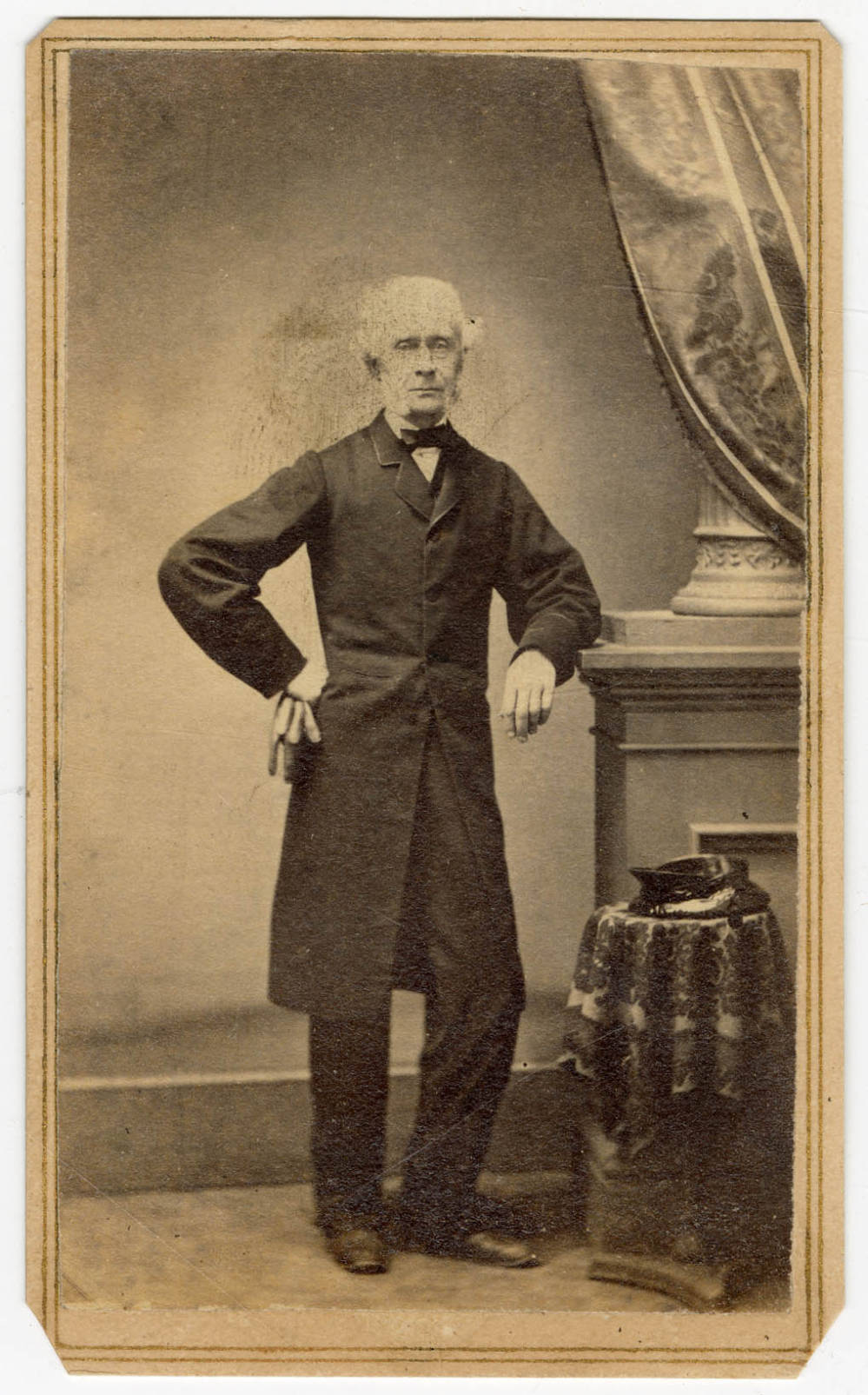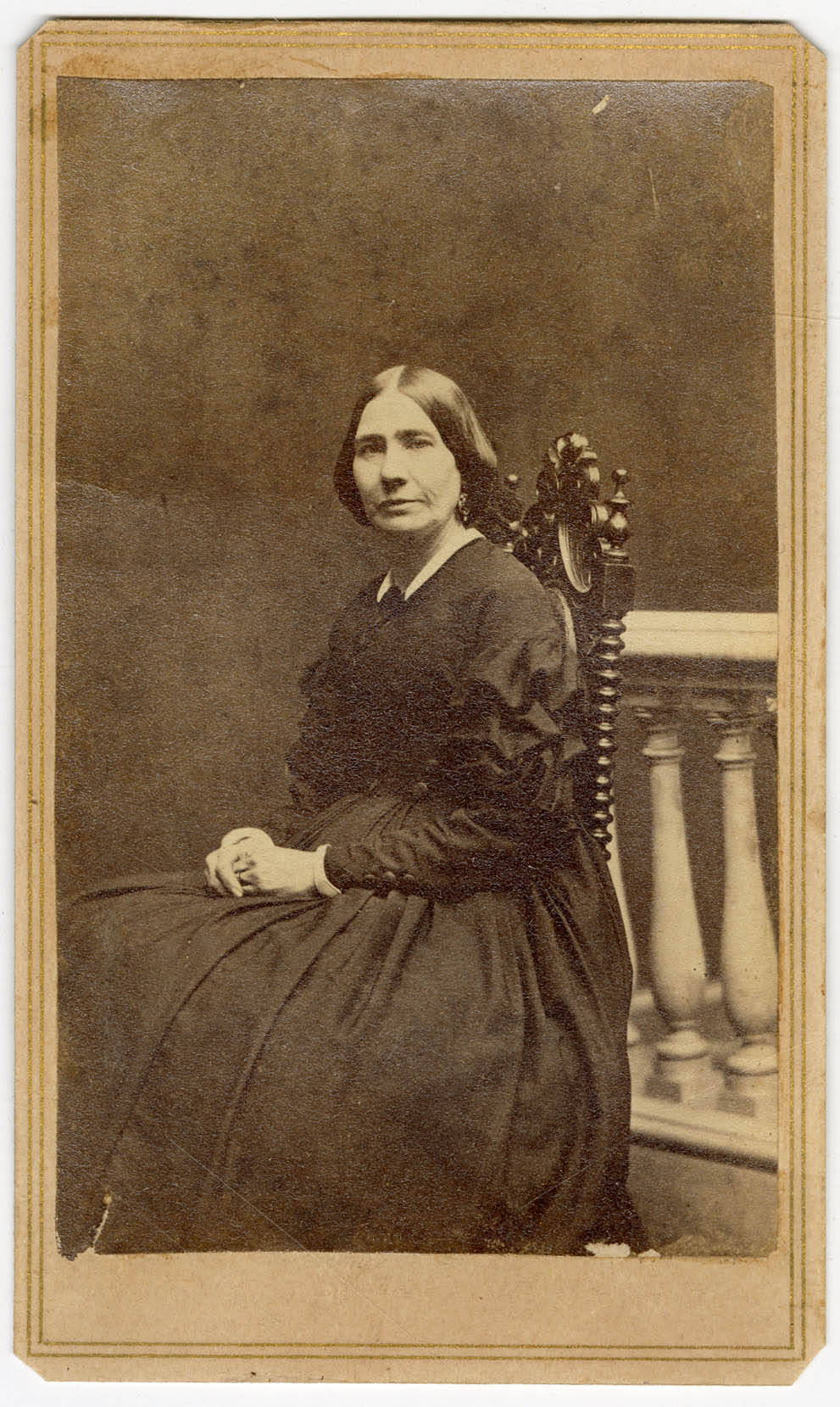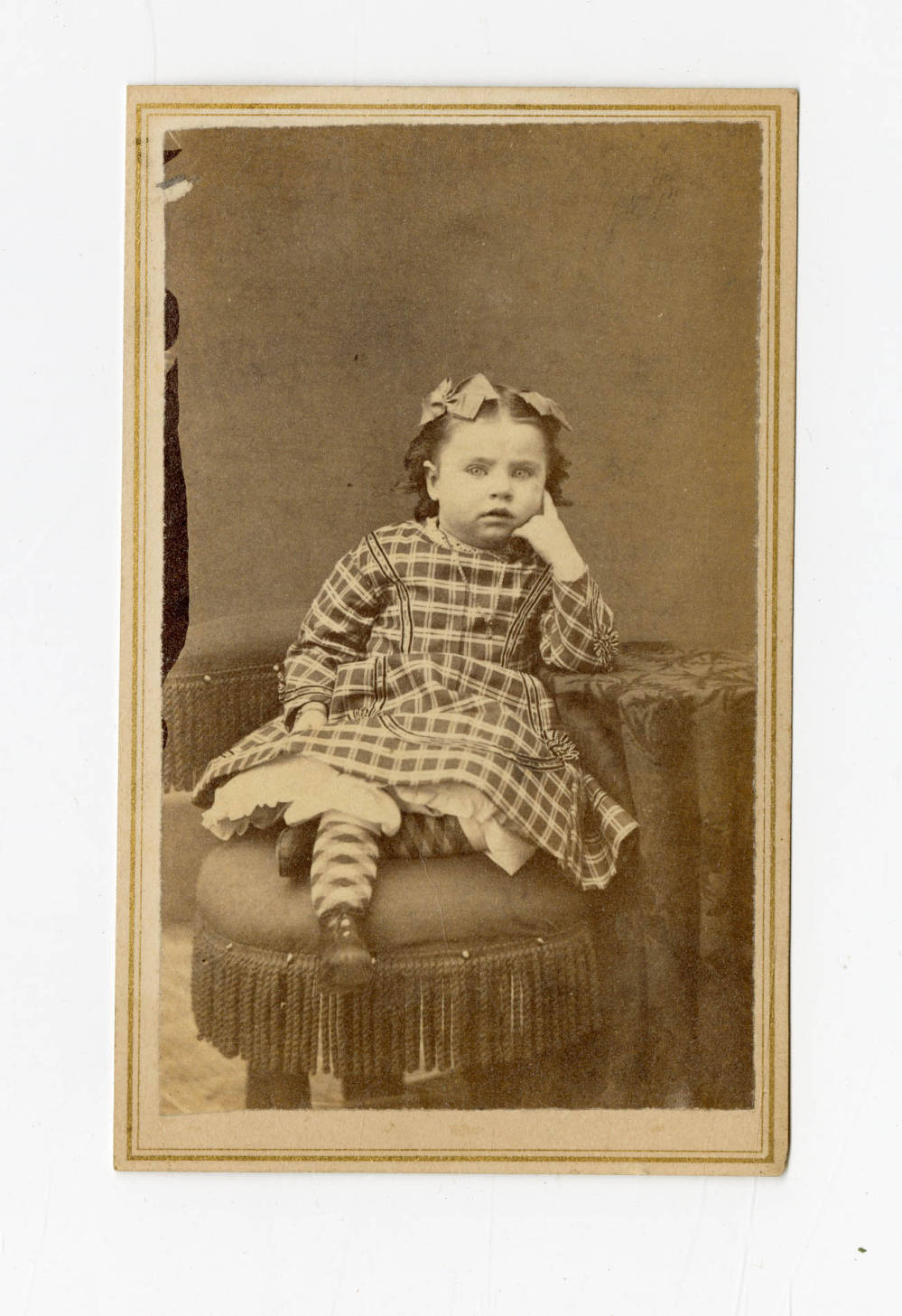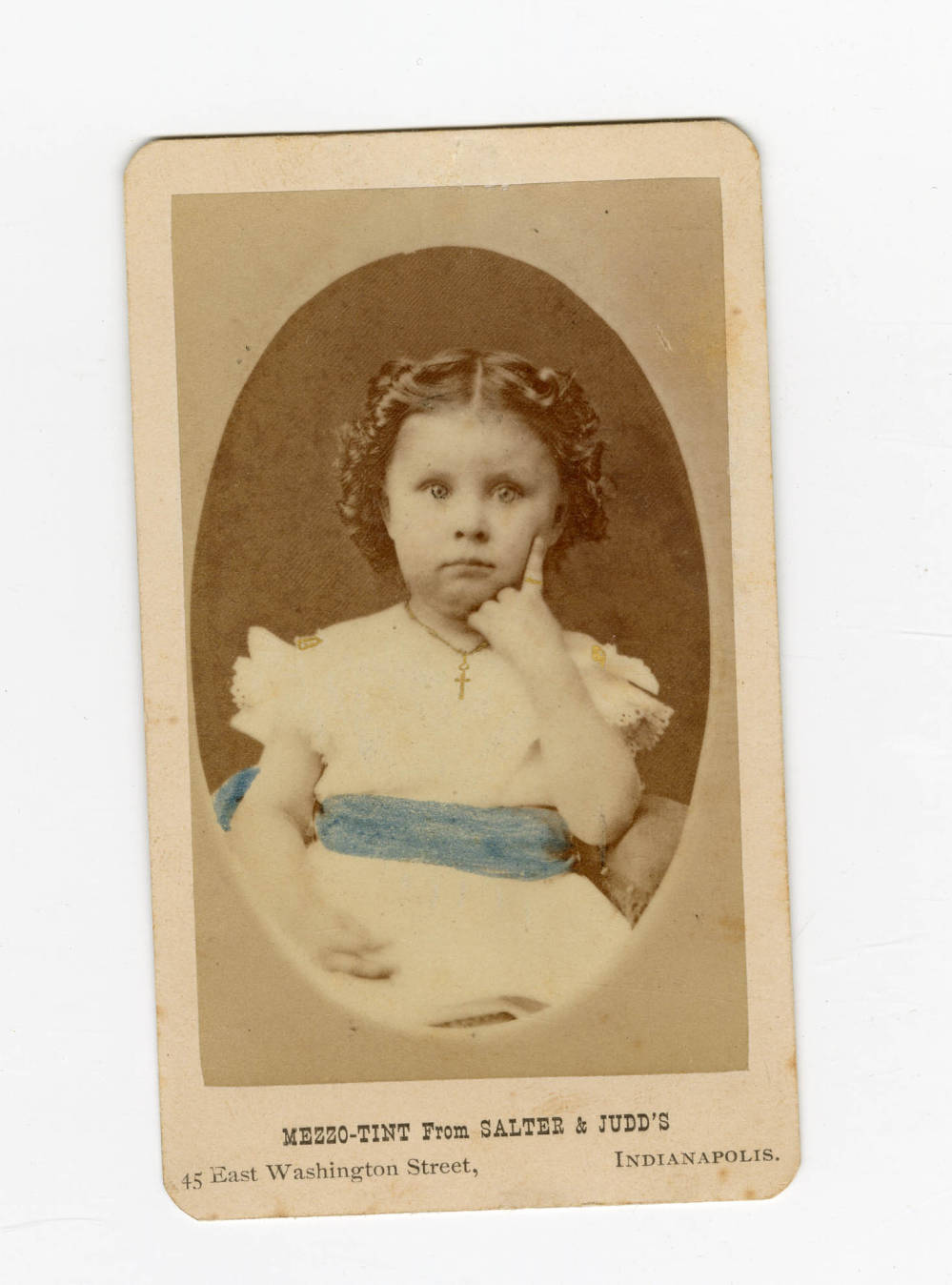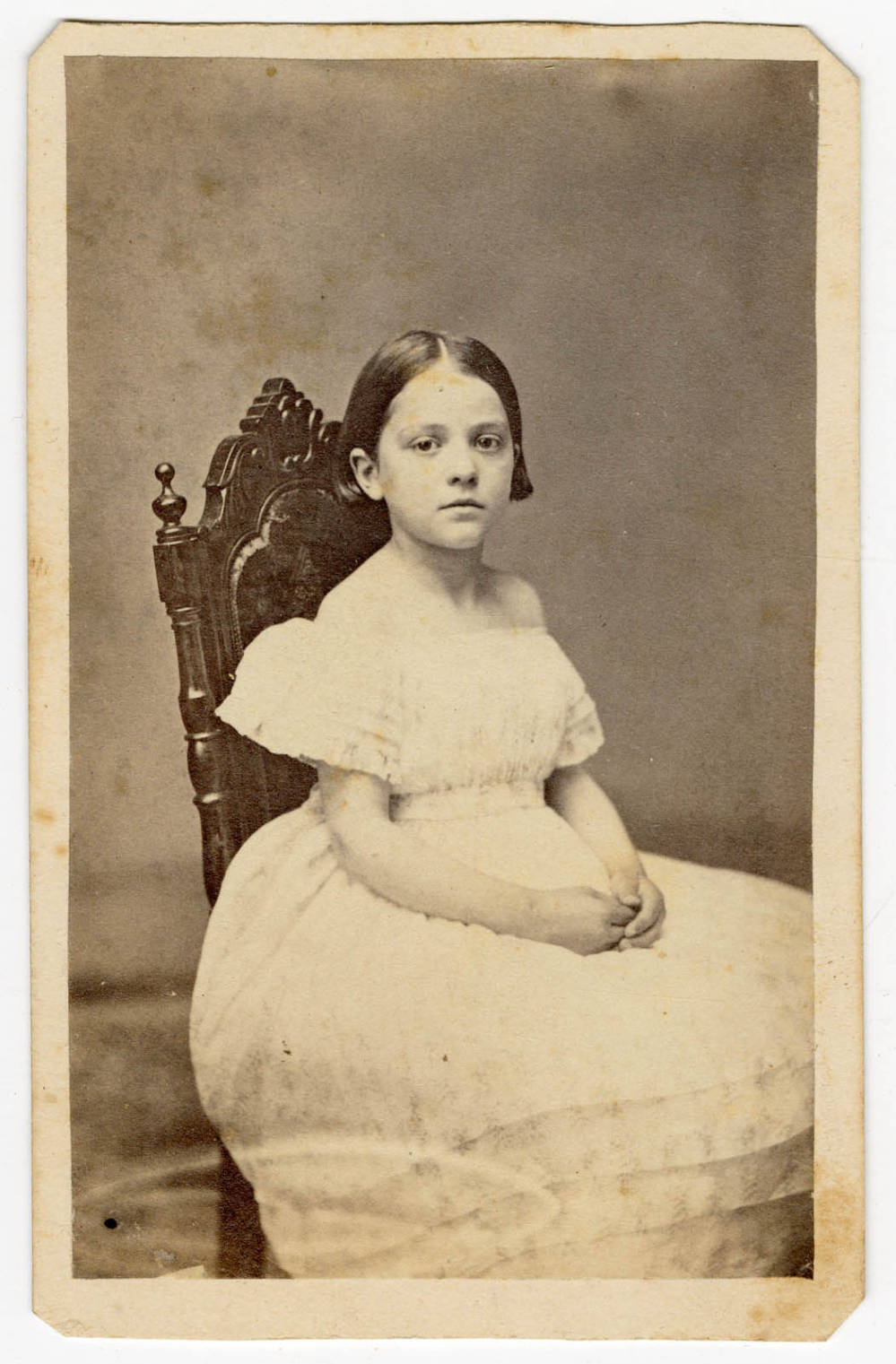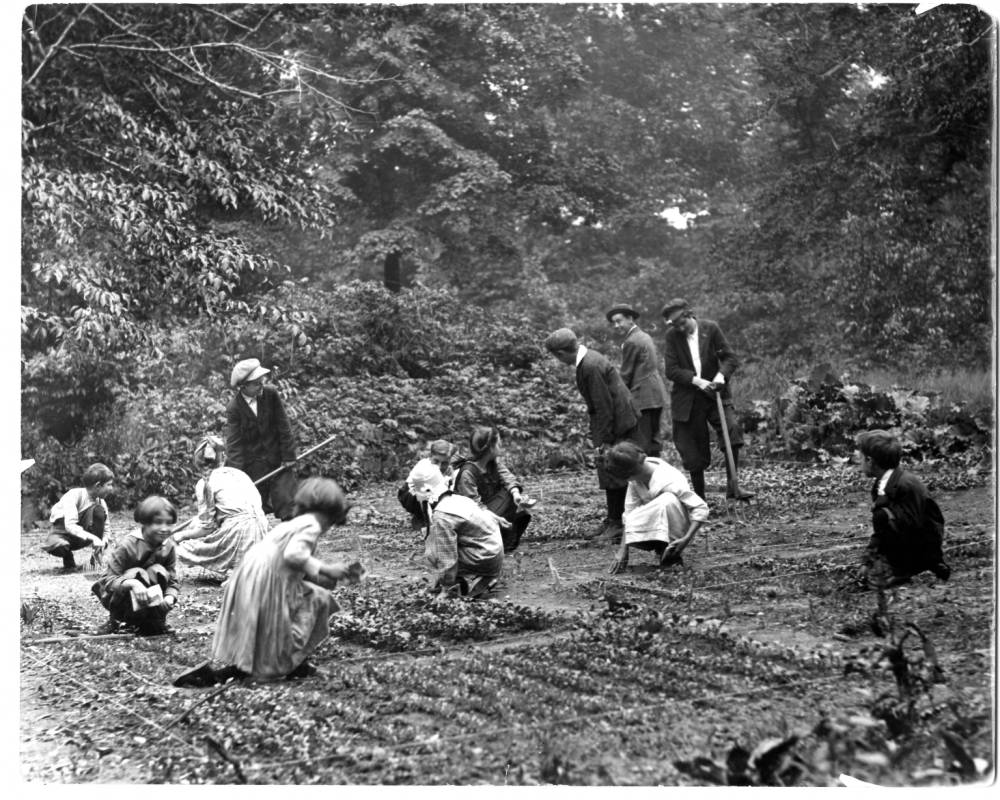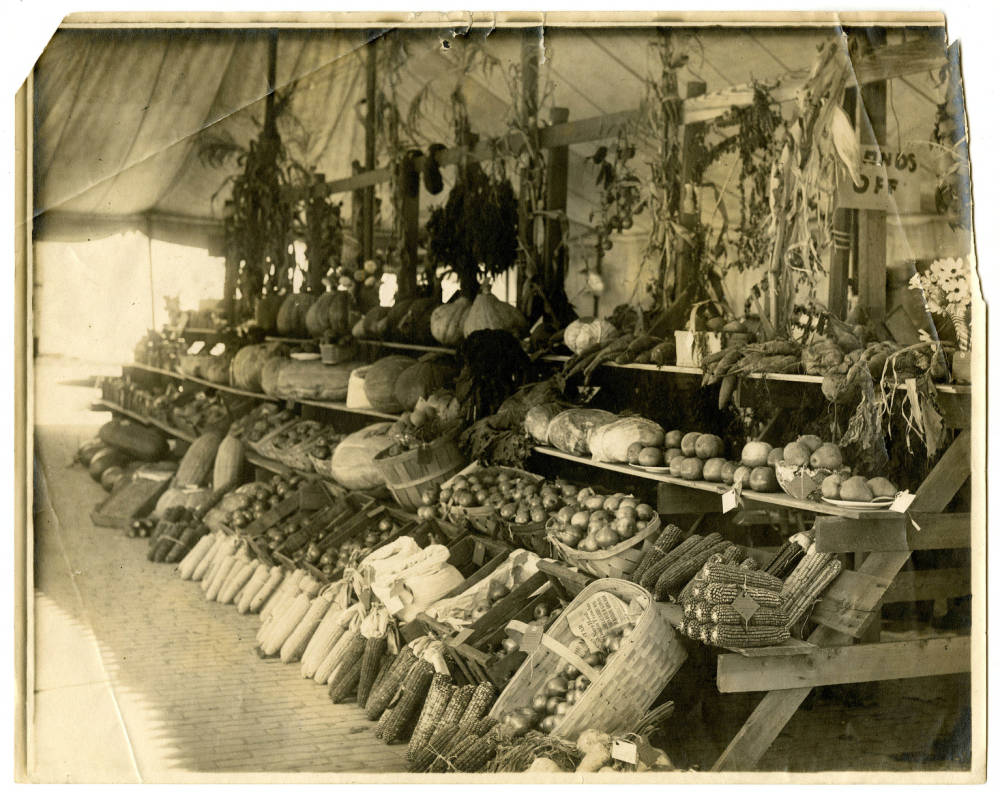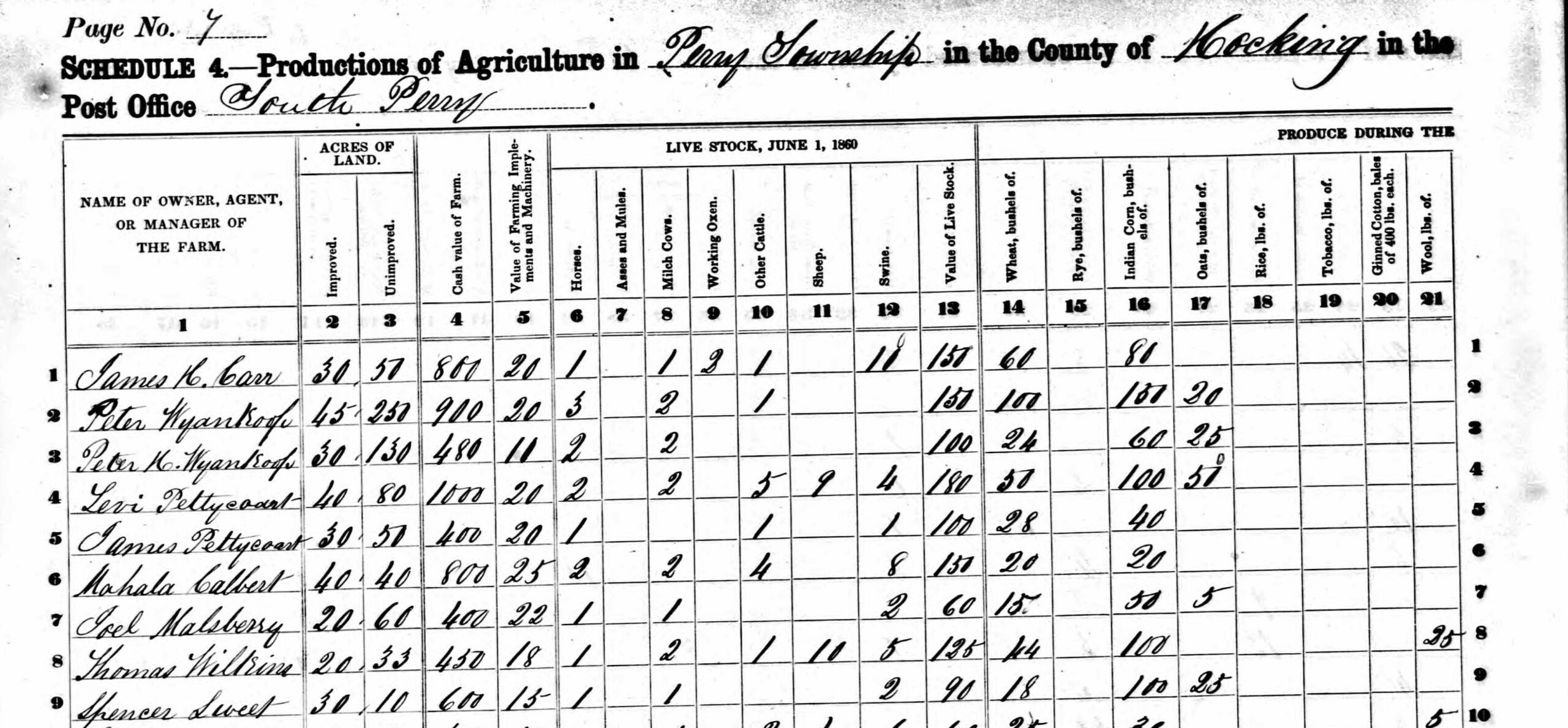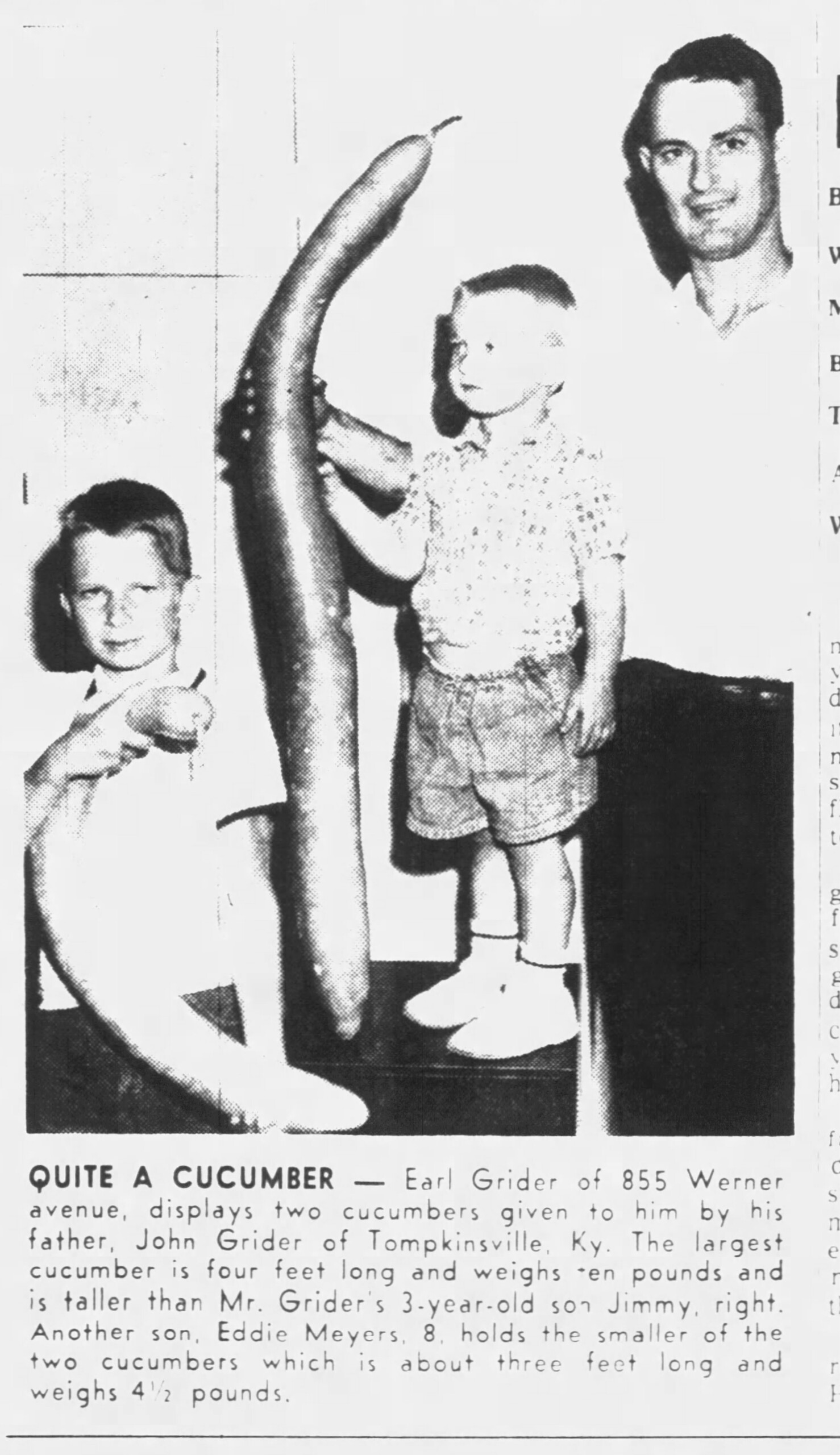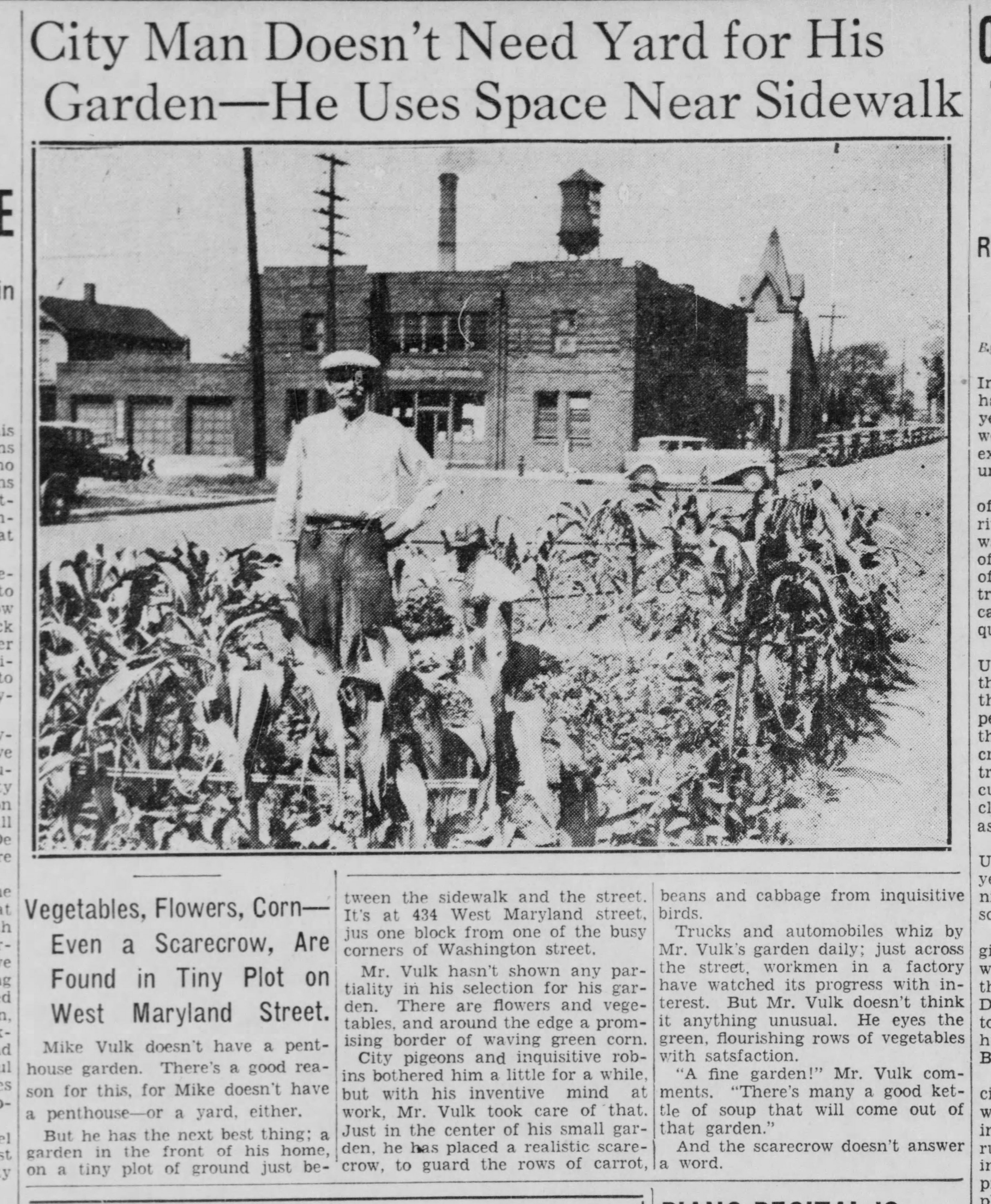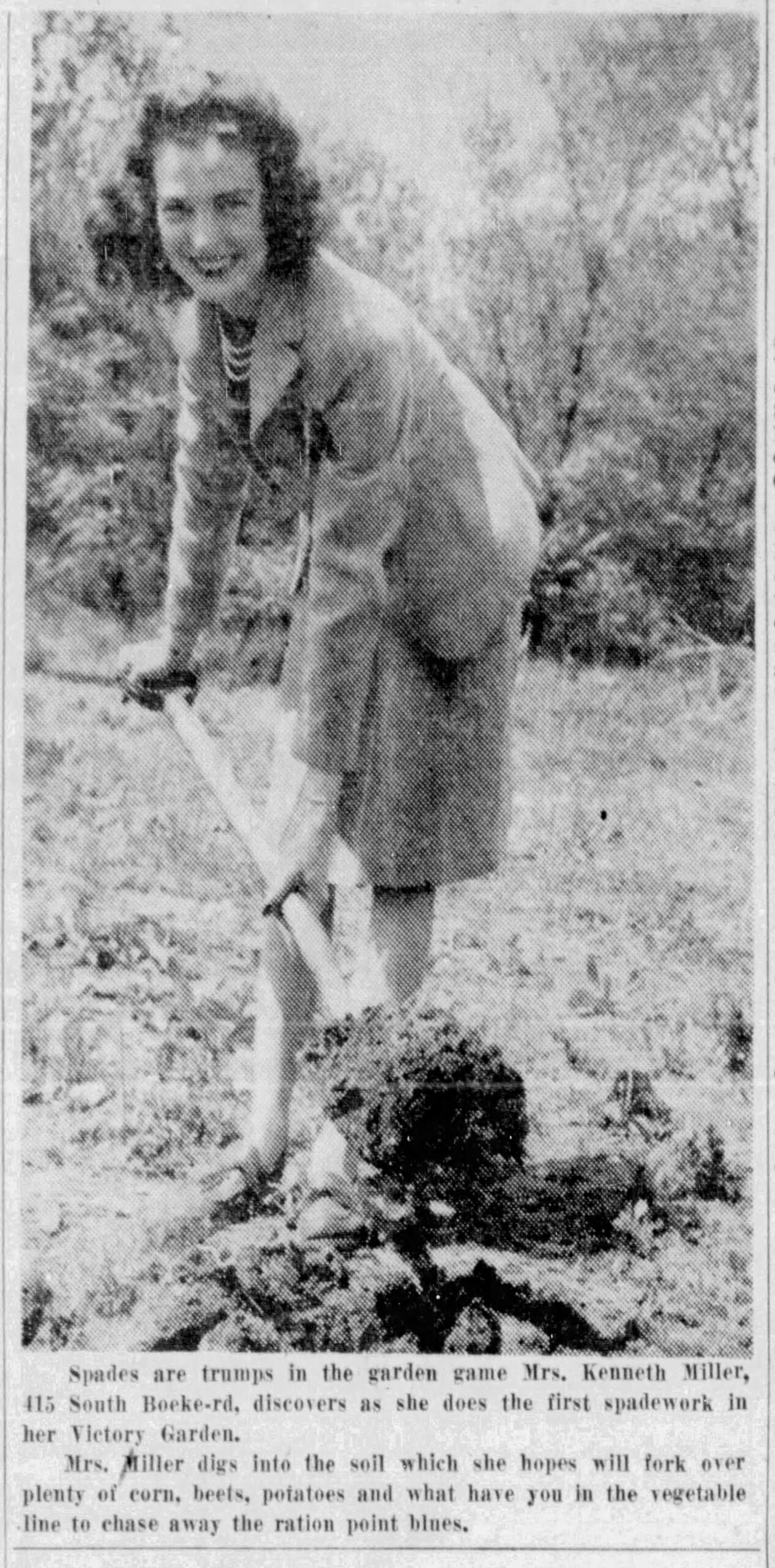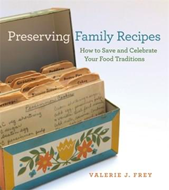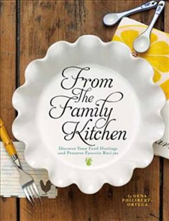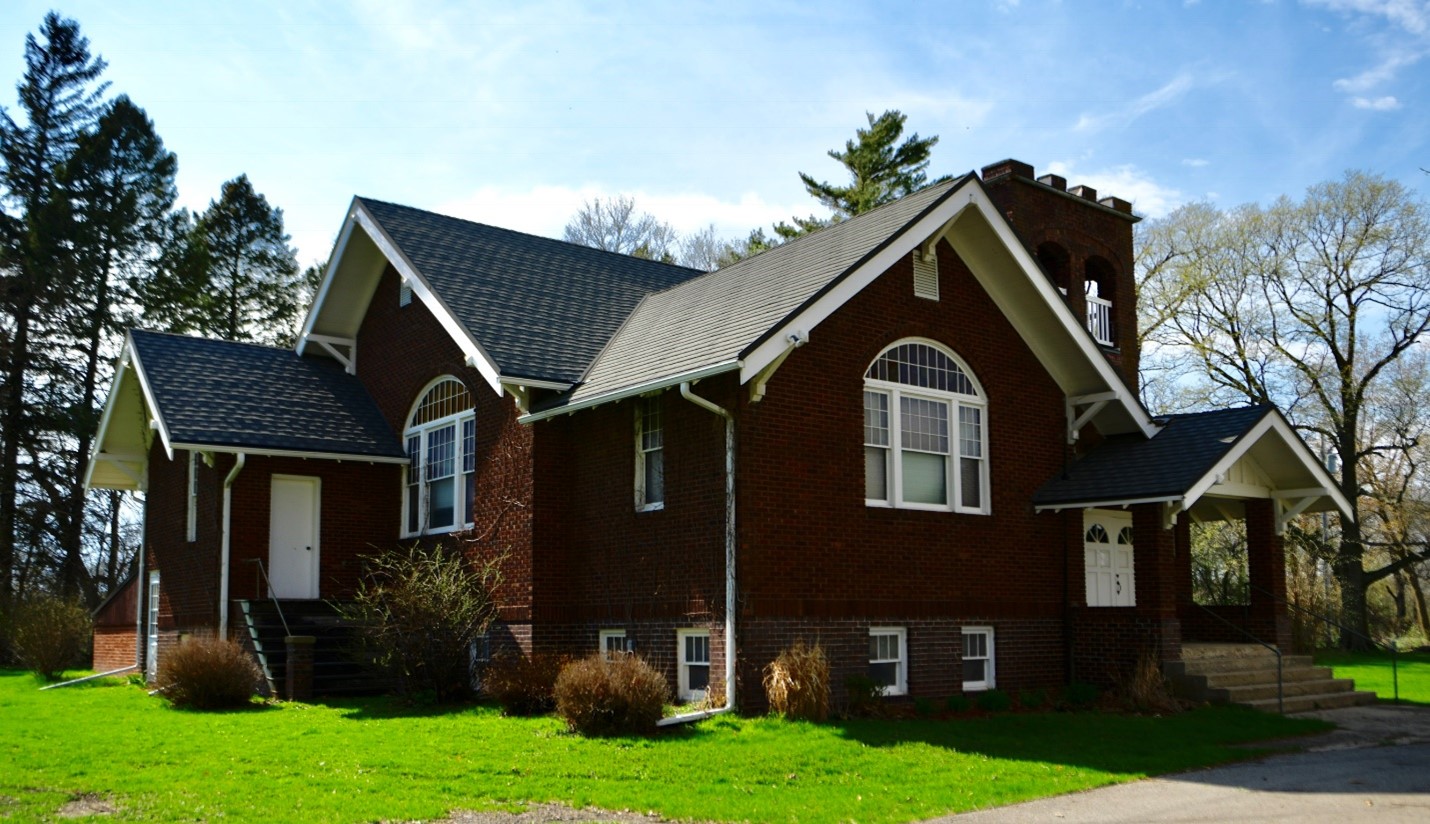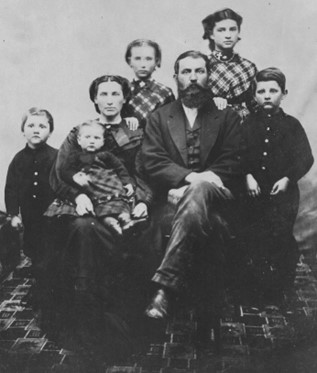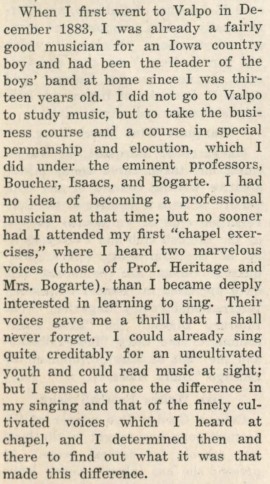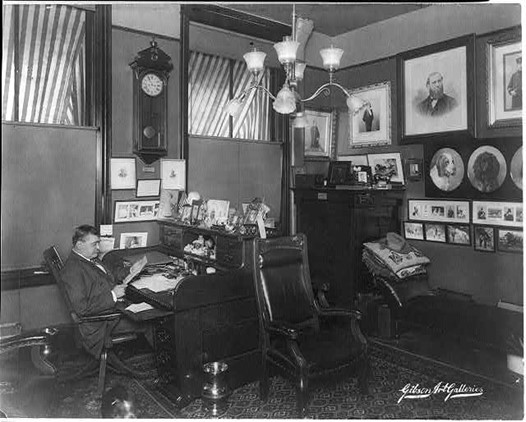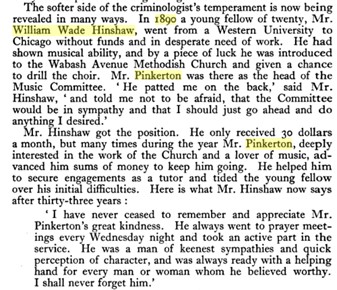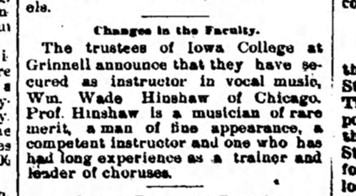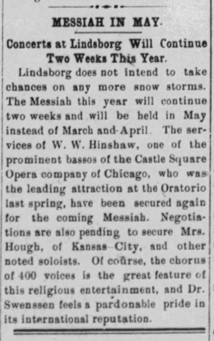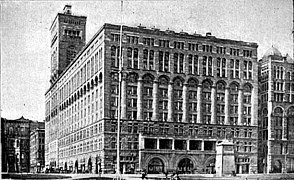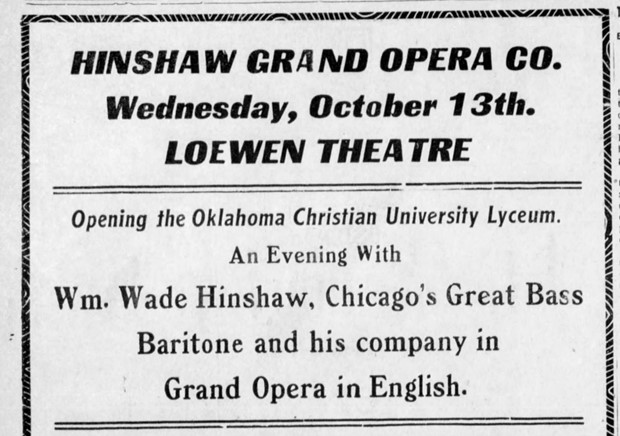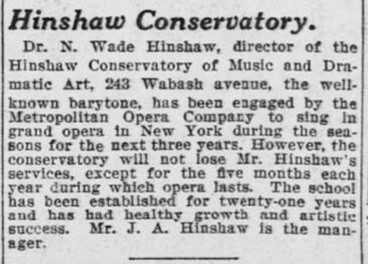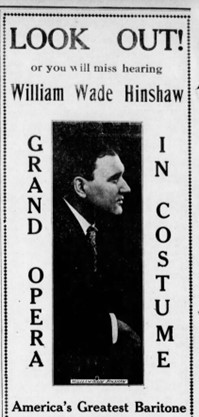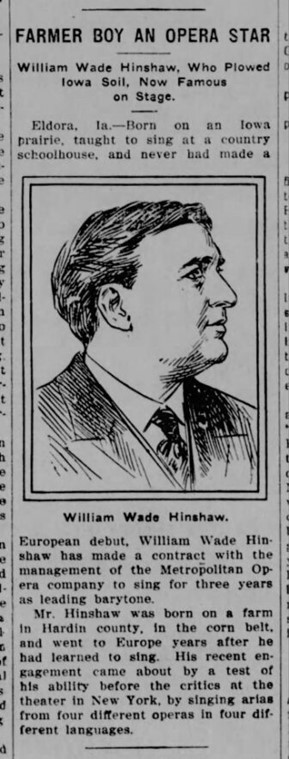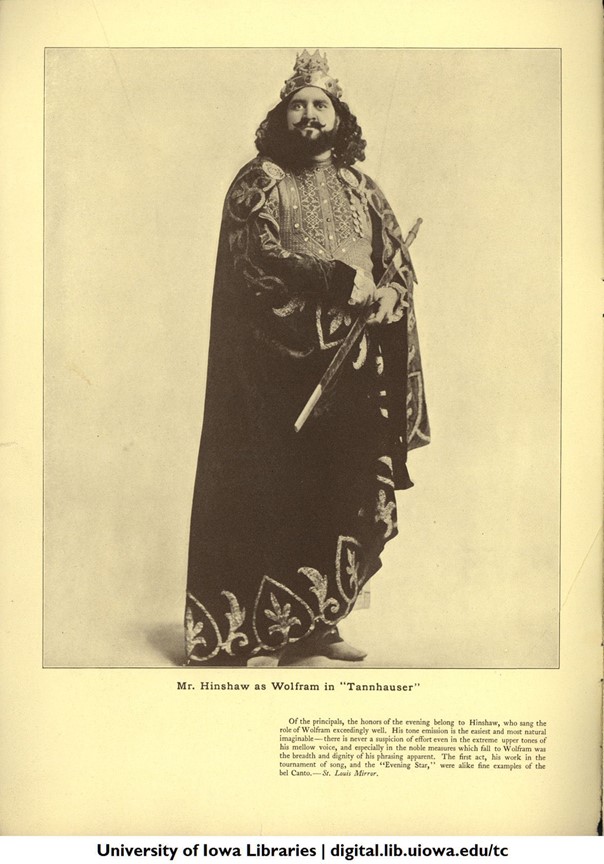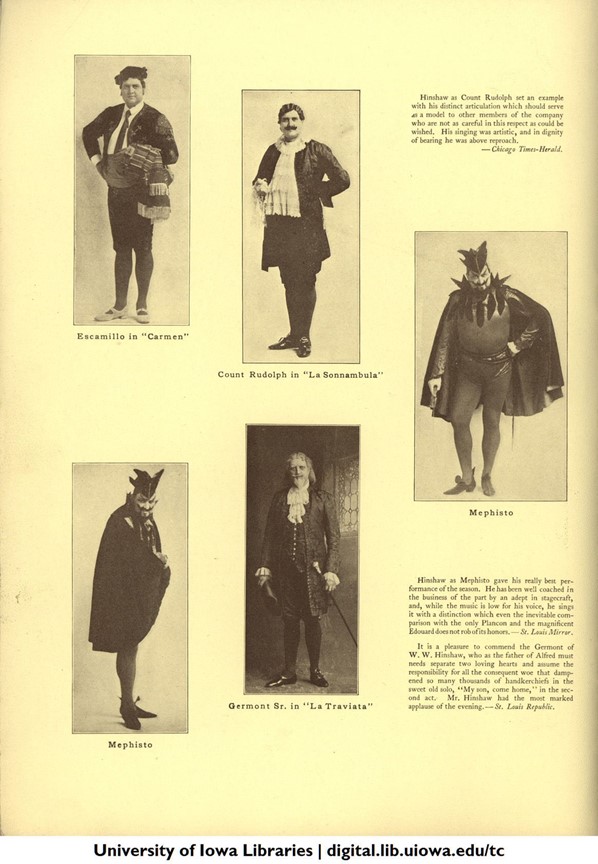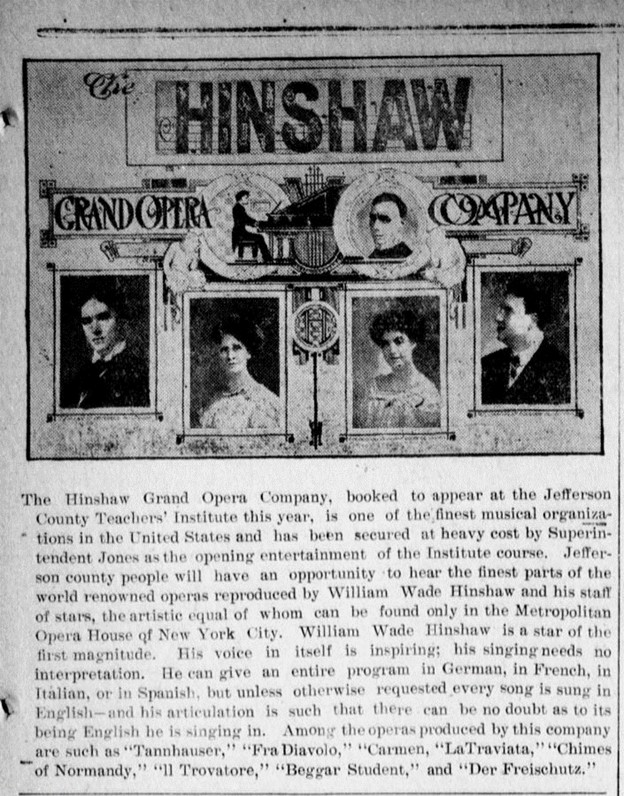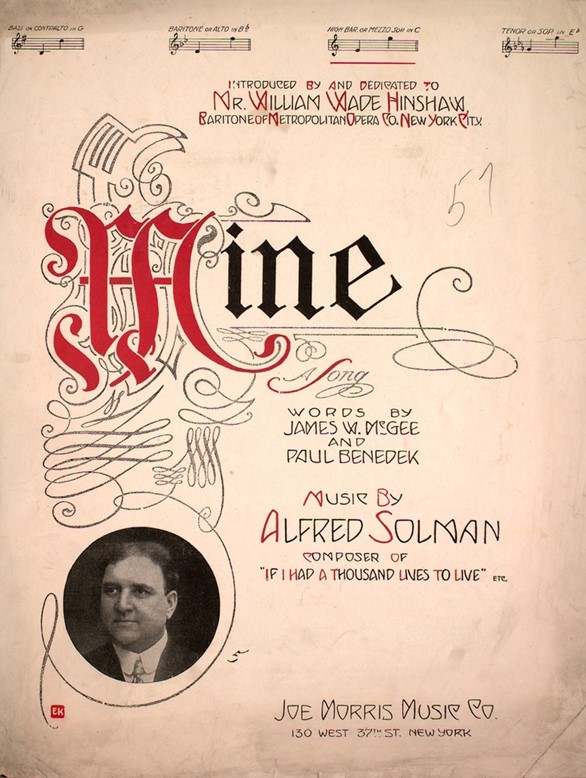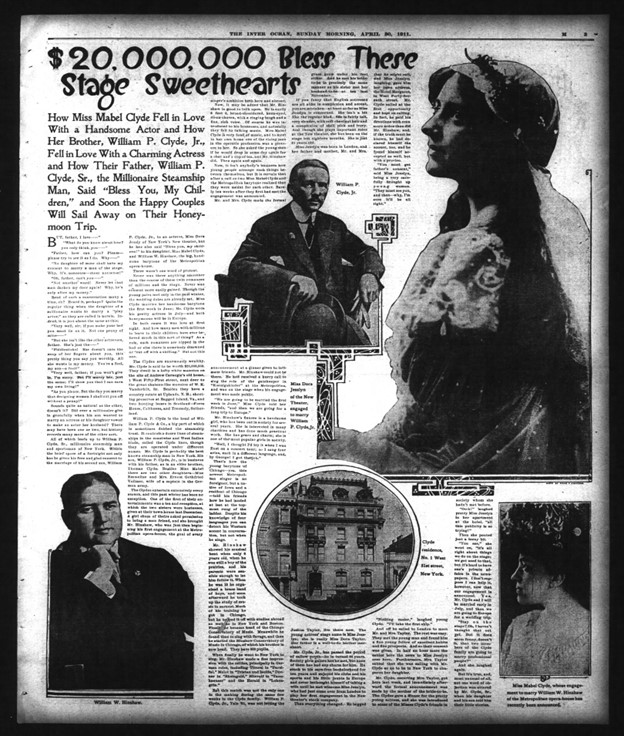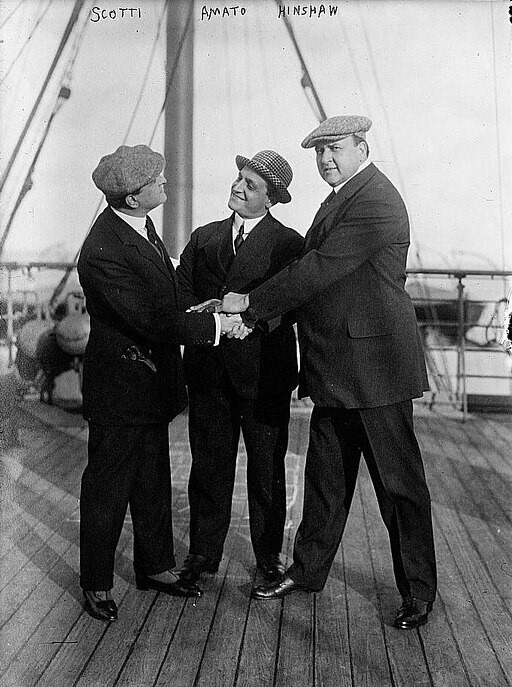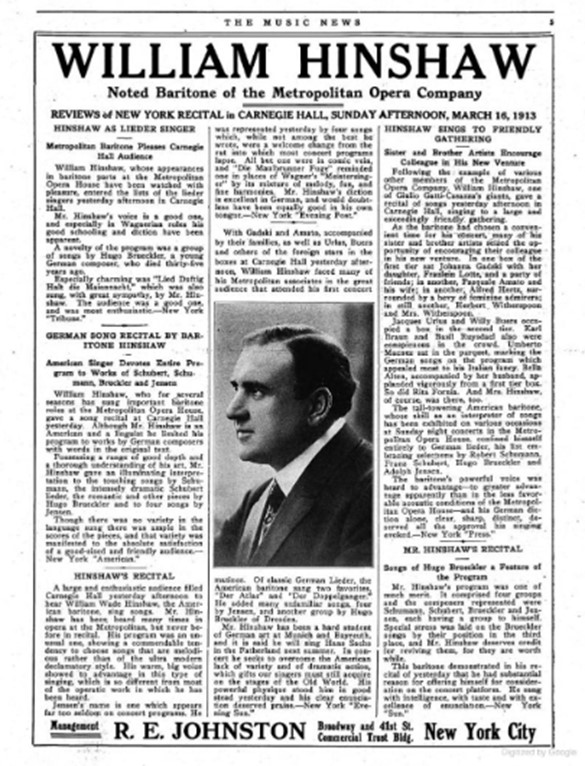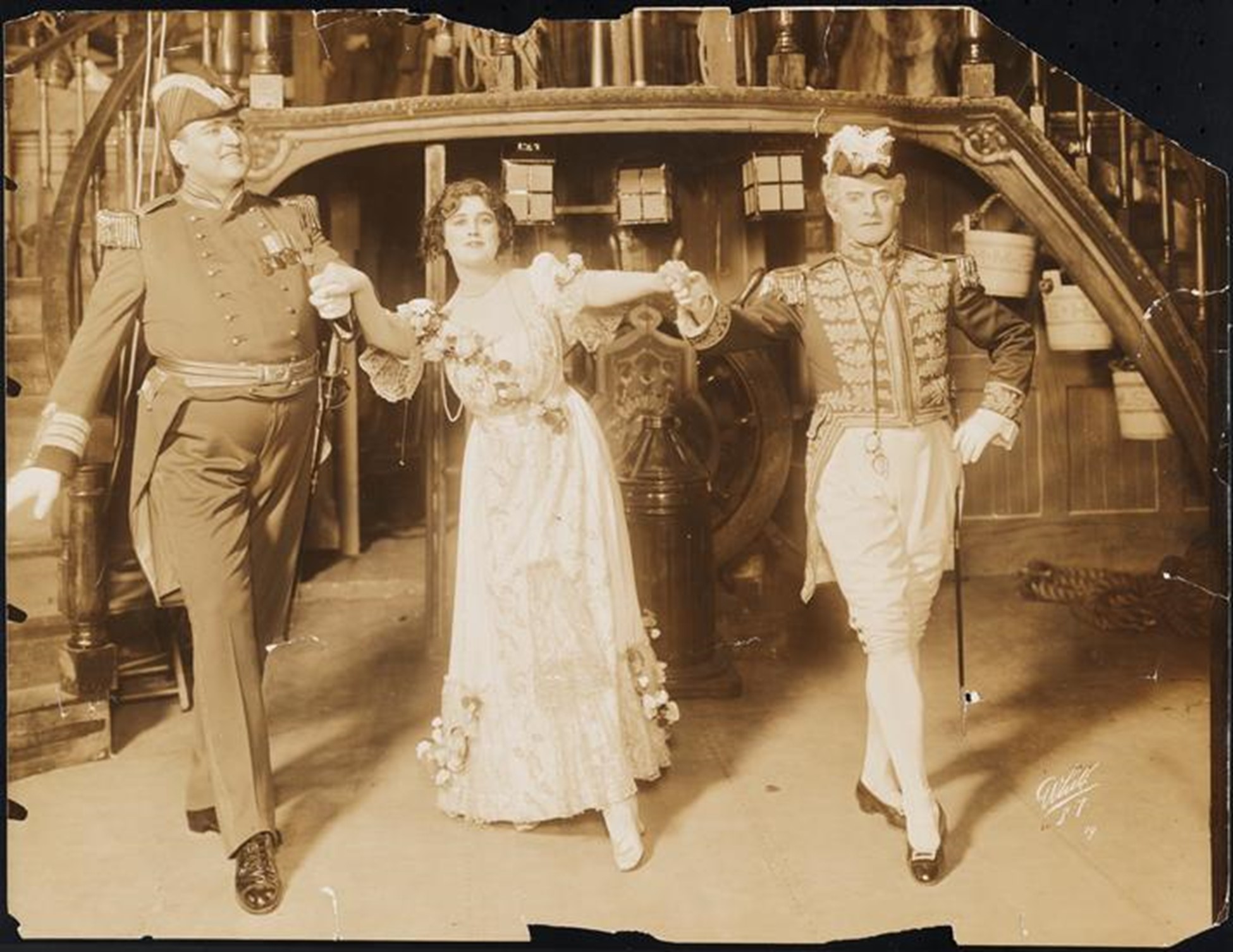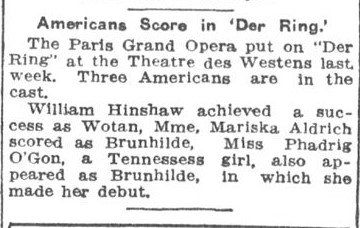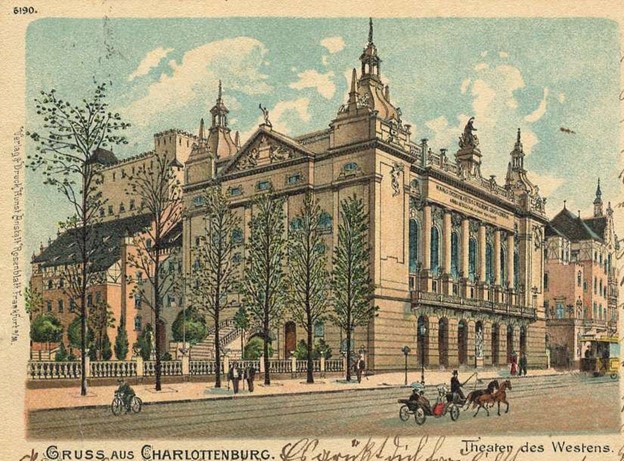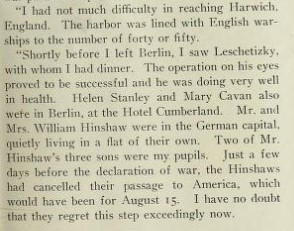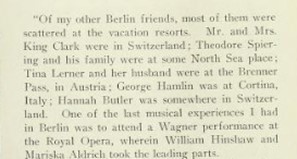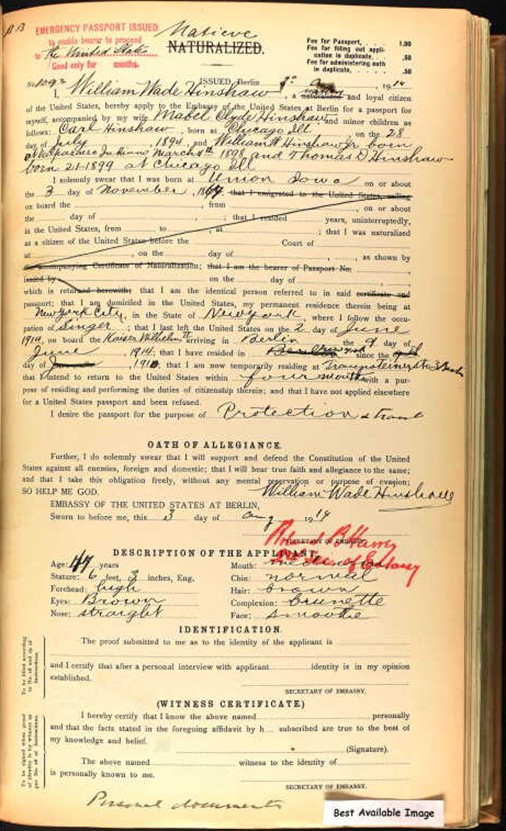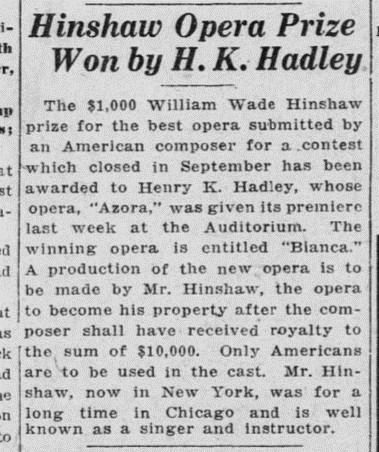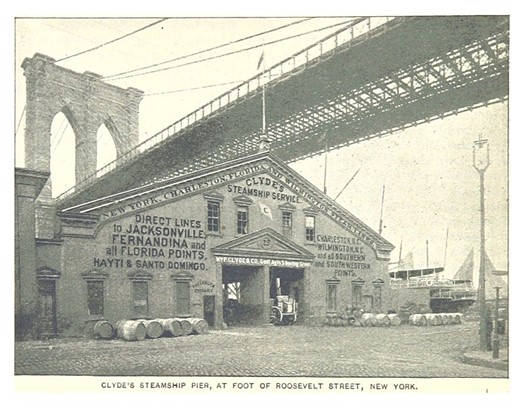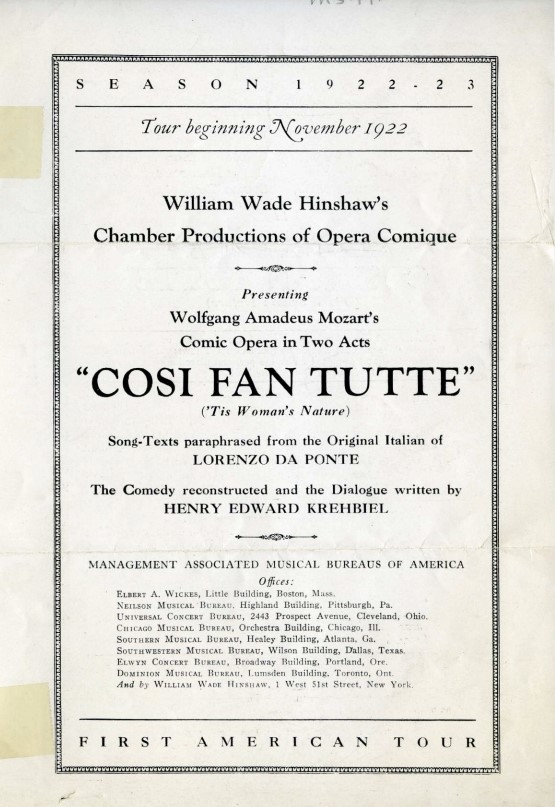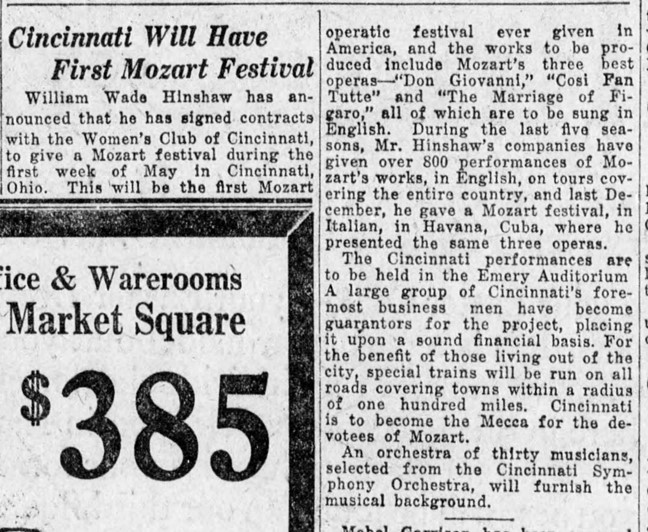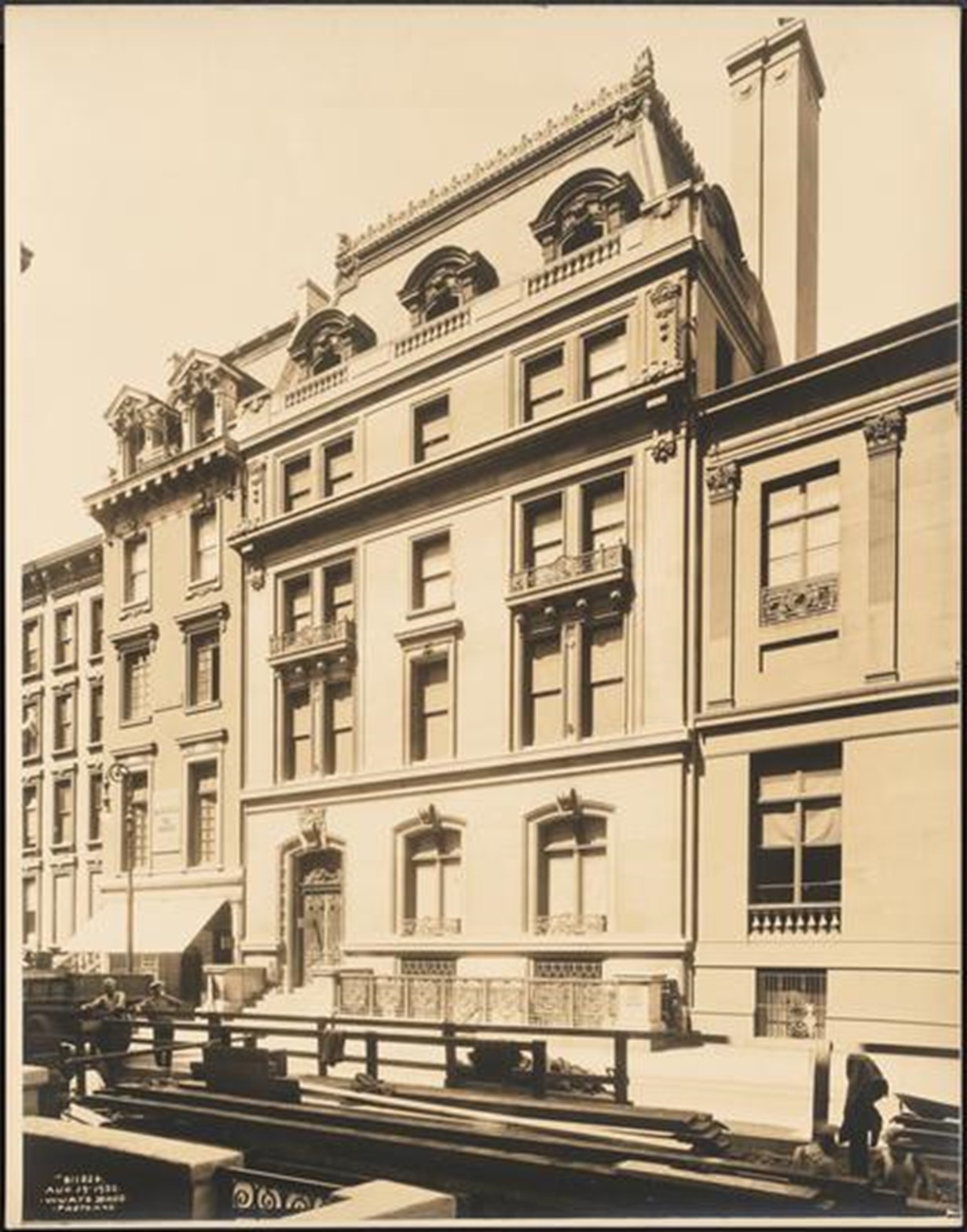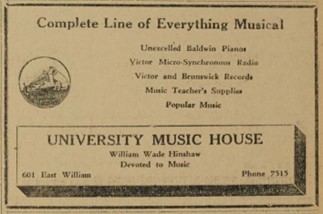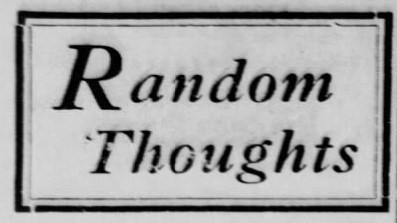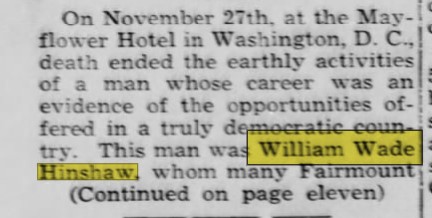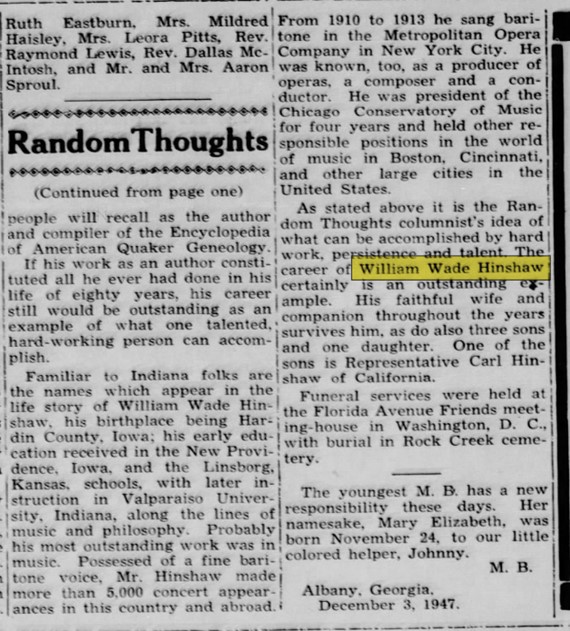Although Valentine’s Day has come and gone, love is always in the air when you’re a genealogist. Either that, or I’m looking for an excuse to feature some lovely marriage and anniversary announcements from a recent historic newspaper search.
Marriage records are the most frequently requested items in the Genealogy Division, but they typically only include basic information, like the couple’s names, date of marriage and name and title of the officiant. If you’re interested in learning more about an ancestor’s marriage, newspapers can include details you won’t find anywhere else. Through newspapers you can unearth specifics like what the bride and groom wore, what they ate and who was in the bridal party. A delightful example of this is the wedding of Christ Tsetse and Polixeni Gounaris, which was such a sensation there were numerous articles about the couple and their festivities. The Nov. 7, 1920 Fort Wayne Journal Gazette even includes a lovely photo of them in their wedding attire.
Tsetse ran a bakeshop and grocery store on Graeter Street. He chose to wed Gounaris without meeting her after seeing a photograph sent from her mother, “…one glimpse at it was sufficient to convince him that she was just the girl for him.” Their civil ceremony took place right after she arrived in the U.S. at Ellis Island and was followed by a more traditional Greek Orthodox ceremony in Indiana. It’s easy to find yourself imagining you are a guest at this wedding when you read details like these, included in the Nov. 1, 1920 Fort Wayne News and Sentinel:
“It was a fantastic affair, beginning in the morning and continuing far into the night. The wedding guests assembled while a Romanian band played tunes so familiar in the old country and the jollification started when the bride entered and was escorted to a seat of honor at the front of the hall. Then the dancing began and it continued until almost noon when a Romanian priest arrived from Michigan to perform the ceremony. The services were concluded and next came the bridal banquet at which a gorgeous array of viands previously prepared in nearly every home in the Rolling Mills district was served to the guests. After the feast, the dancing and festivity broke out again with renewed enthusiasm, and the party continued for hours… Tsetse has furnished a home for his bride near his grocery on Graeter street.”
Tsetse and Gounaris had five children together and are buried side by side in the Lindenwood Cemetery in Fort Wayne.
Elaborate descriptions of what a bride and the bridal party wore on the wedding day were common for wedding announcements. On her wedding day the soon to be Mrs. Maria Vega wore, “a gown of white Chantilly lace, styled with a fitted bodice, a Peter Pan collar and a long satin train … Her fingertip veil fell softly from a beaded tiara and she carried a bouquet of stephanotis and dragon lilies.” The bridal party’s outfits were “trimmed with French lace peplums sprinkled with sequins … completed with the matching sprays of yellow and orchid gladiolus they wore in their hair and carried in bouquets.” The couple is pictured looking ahead, as if envisioning the bright future they will share together.
Although we imagine our ancestors having traditional or modest weddings, unconventional ceremonies aren’t exclusive to today’s couples. Donald E. Phelps and Margaret Reichenbach were flying high on their wedding day, literally! Newspapers reveal, “The ceremony will take place in a Fairchild cabin airplane over the Shockley airport in Kokomo, Ind.” The ceremony was infused with meaningful symbolism. Reichenbach is quoted, “We will make a four-leaf clover in the air. In each clover a vow will be made. Then after that two complete circles around the clover to bind the ceremony.” For most people in the 1930s riding in an airplane was considered an extraordinary and novel experience. This couple’s aerial wedding was likely a meaningful and memorable spectacle for family and friends.
Long before the invention of the camcorder, Daniel M. Vandawalker Jr., assistant manager of a film company, and his bride, Lillian Kellison set trends by filming a motion picture of their wedding. Vandawalker is quoted accurately prophesizing, “Having motion pictures taken of the wedding was my own idea … for they will mean so much more than ‘still’ photographs. I think before long that it will become customary for motion pictures to be taken of weddings and other events, and families will have a valuable family history in pictures.”Mr. and Mrs. Vandawalker had two daughters and moved to California where Lillian was the owner of a confectionery store.
Mr. and Mrs. Wager knew how to make a marriage last. The couple had been married for over 58 years when news of their anniversary was reported by the Indianapolis Recorder in 1939. The Wagners spent most of their lives in Indianapolis where they purchased land as early as 1885 and made it their home. They were such established citizens the street they lived on was named Wagner’s Lane, after the couple.
According to Mrs. Wagner’s obituary, from the Dec. 8, 1955 Indianapolis News, she and her husband operated a dairy in the area. “She not only milked cows, she drove her own milk wagon to town and delivered milk.” Rev. Wagner was a pastor who helped organize Bethany Baptist Church.
Speaking of long lasting, the street named for them is still around, north of Raymond and west of Sherman. While their farm is no longer there, traces of them live on in the street which holds their name and the history of the area.
So, remember to include the library’s newspaper databases in your genealogy research. You never know, you may find your ancestor’s love story celebrated in print. Find these and the library’s other databases by clicking here.
This blog post is by Dagny Villegas, Genealogy Division librarian.



